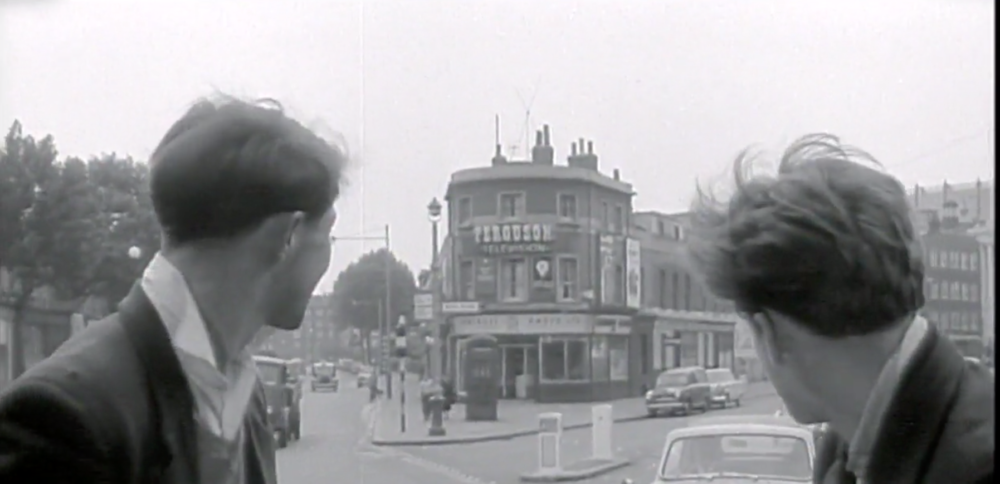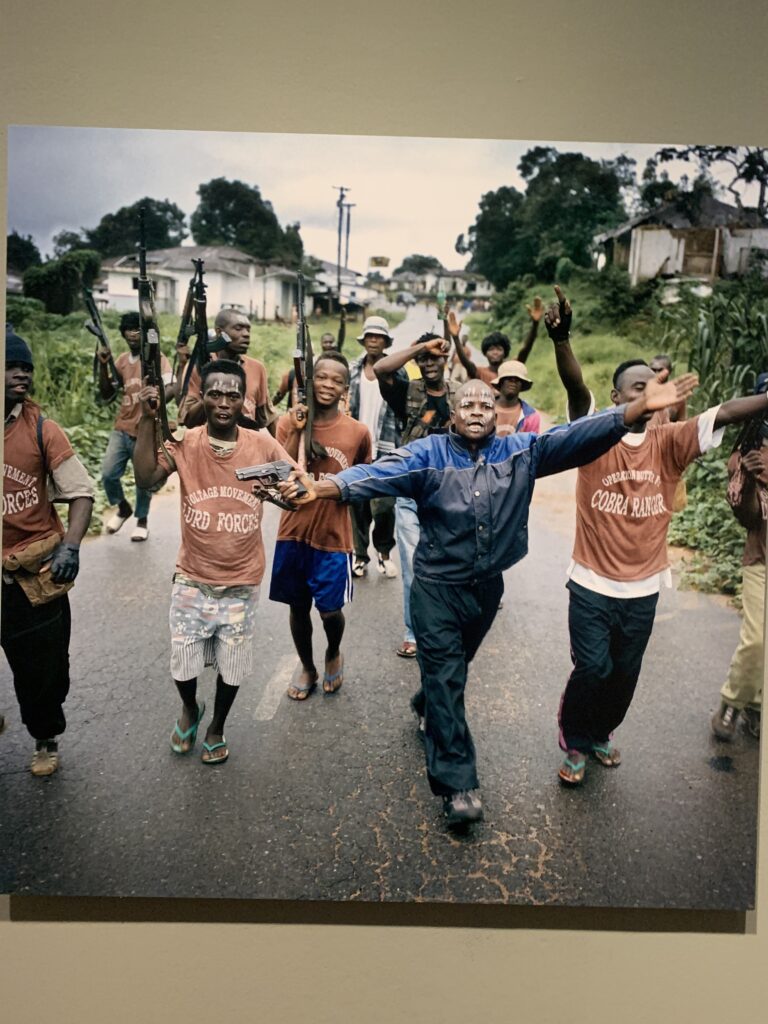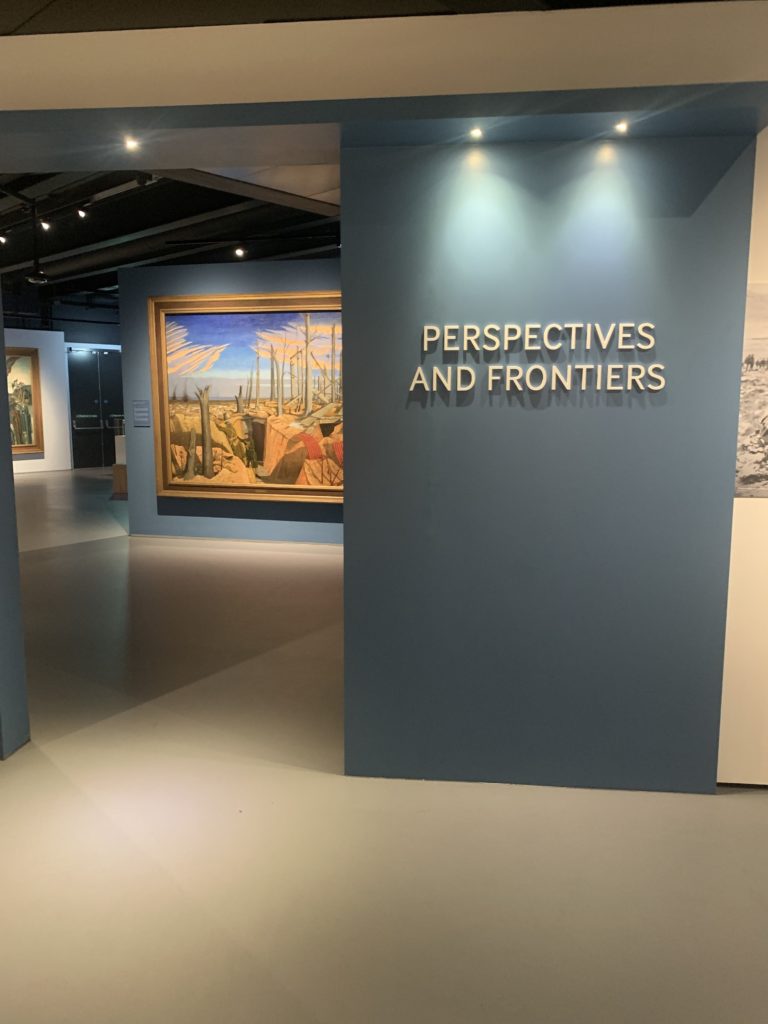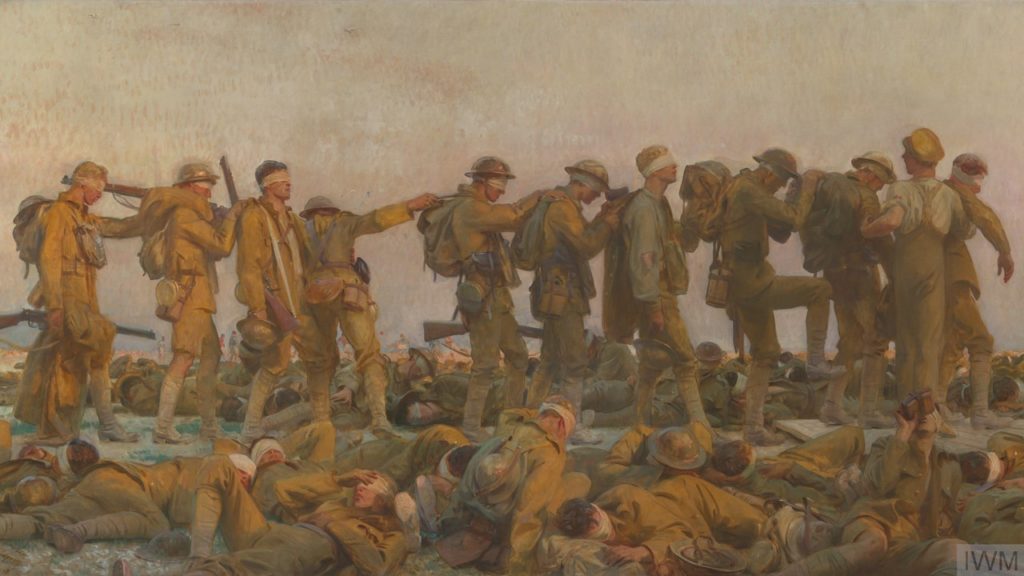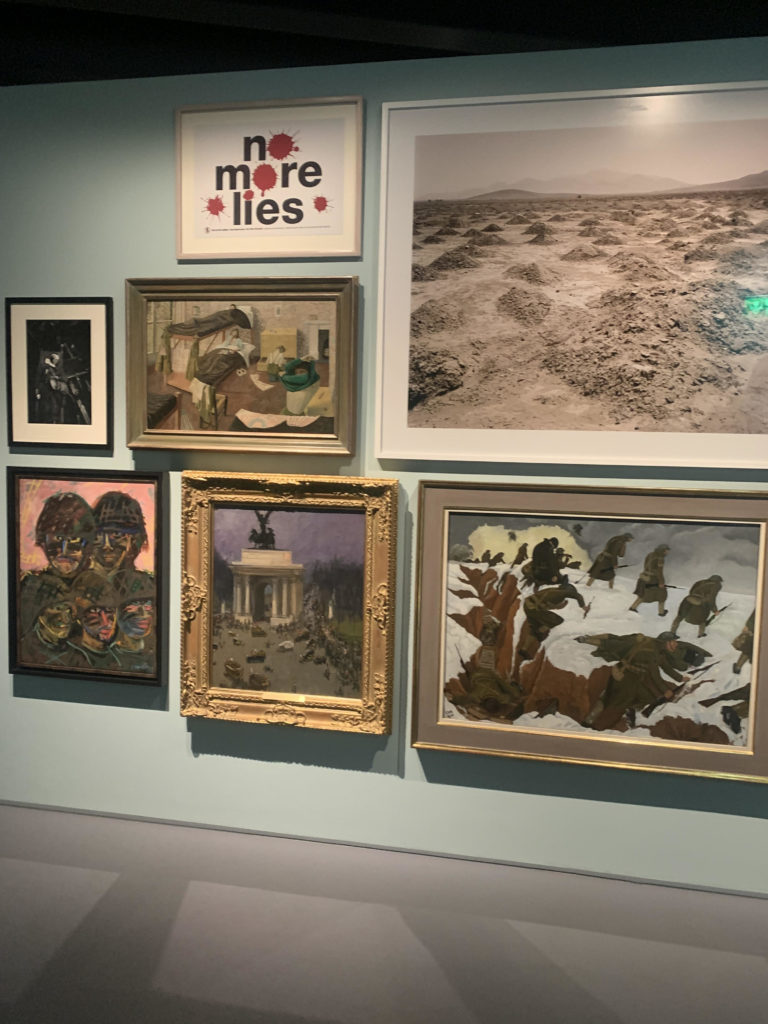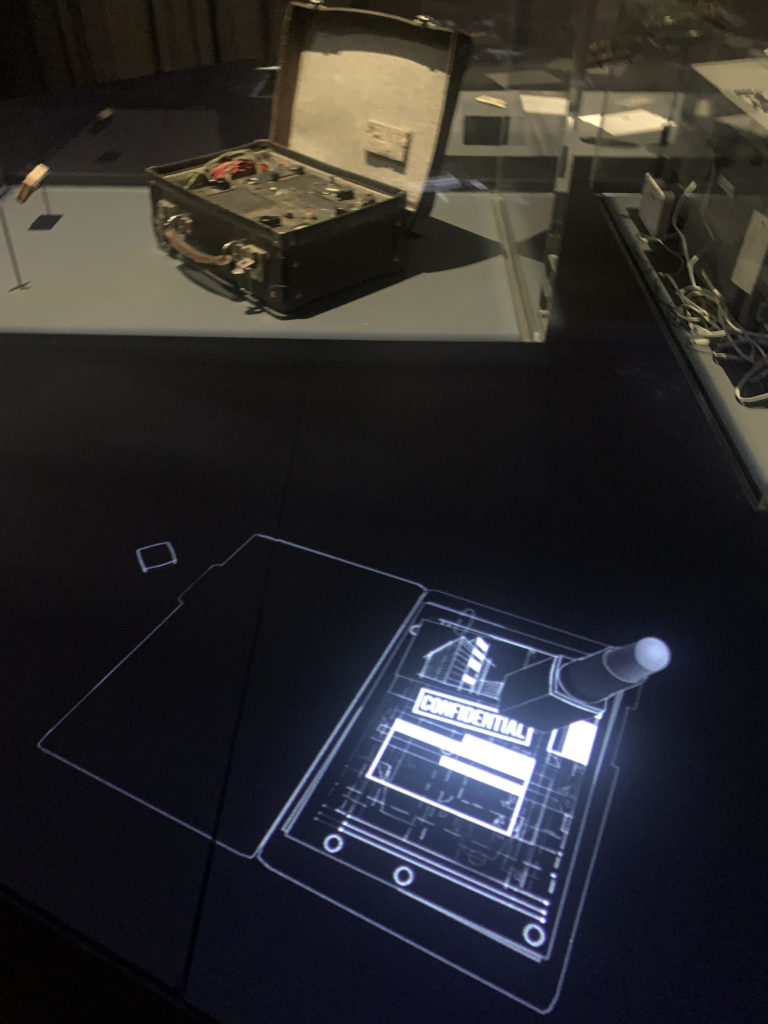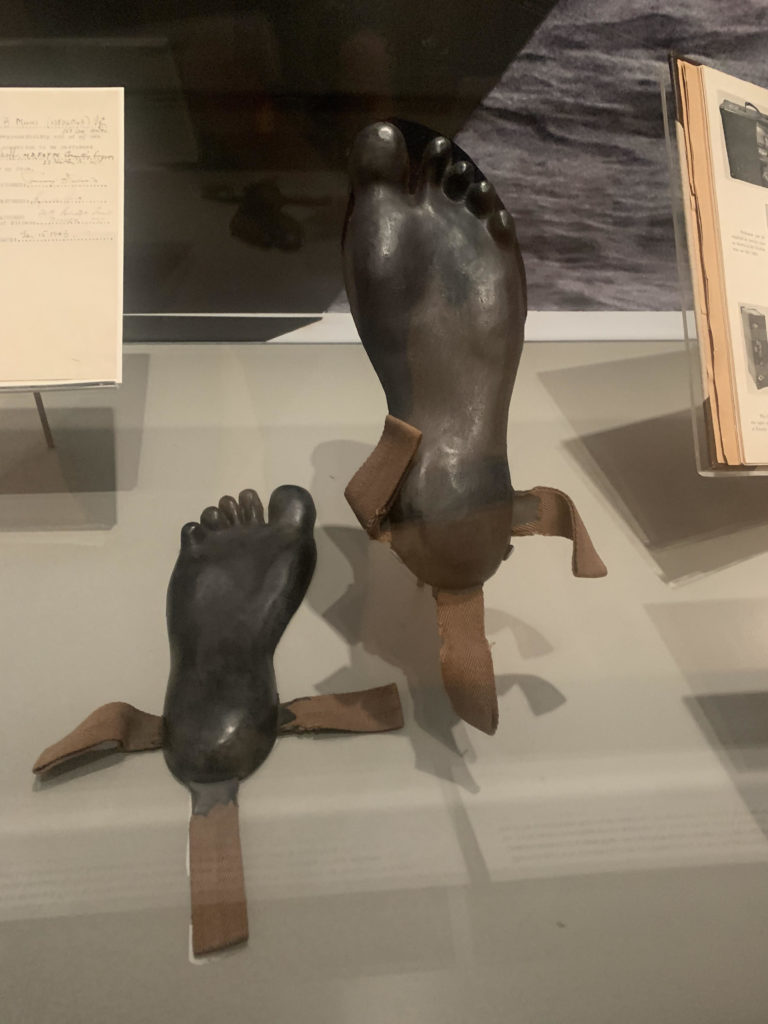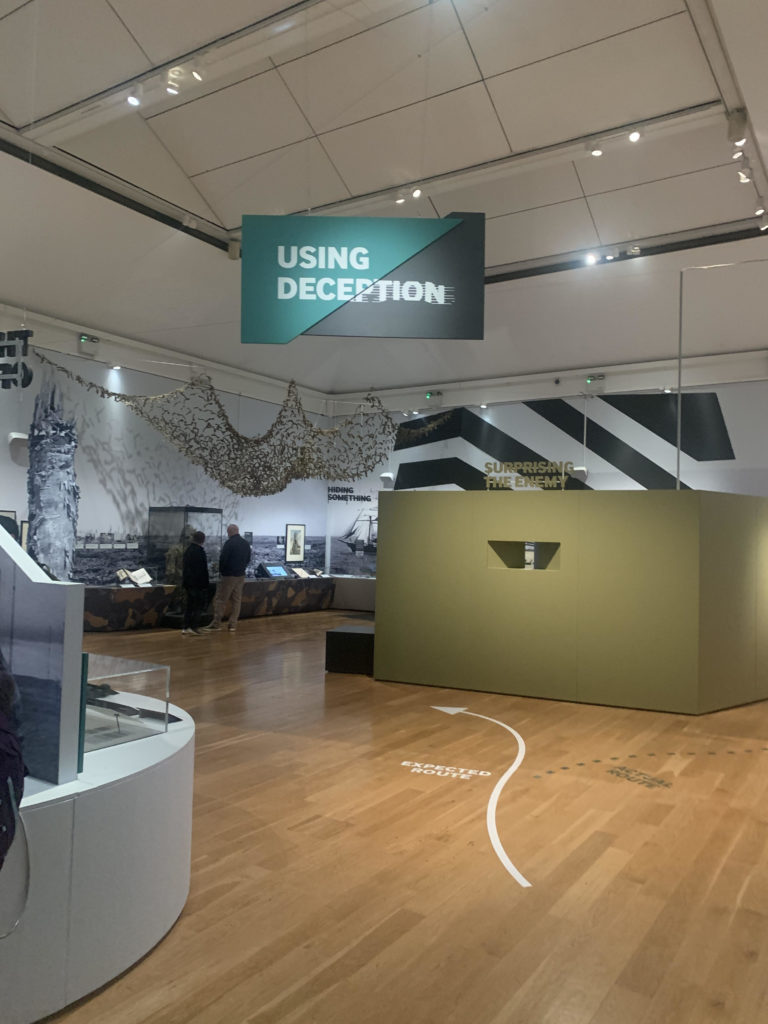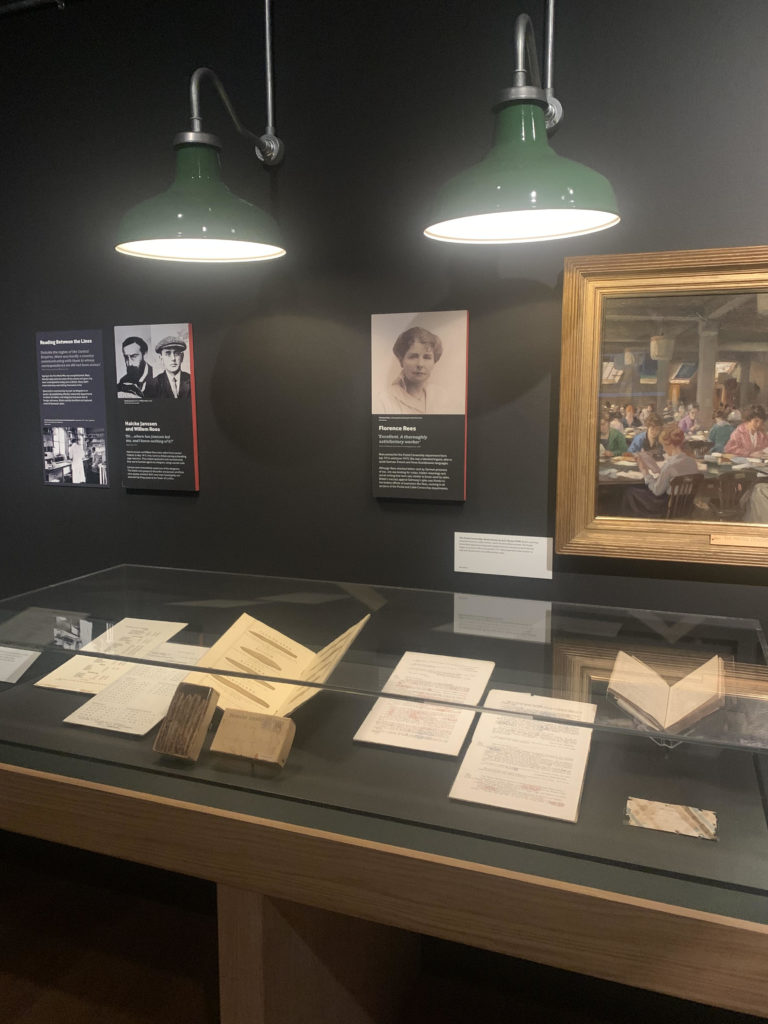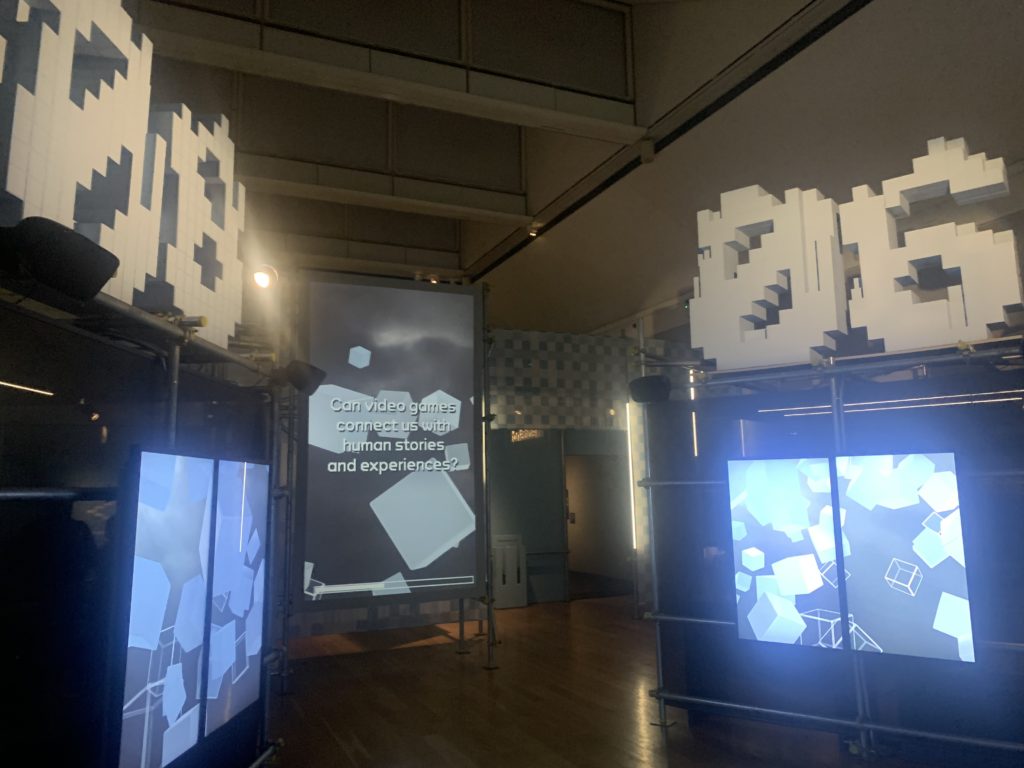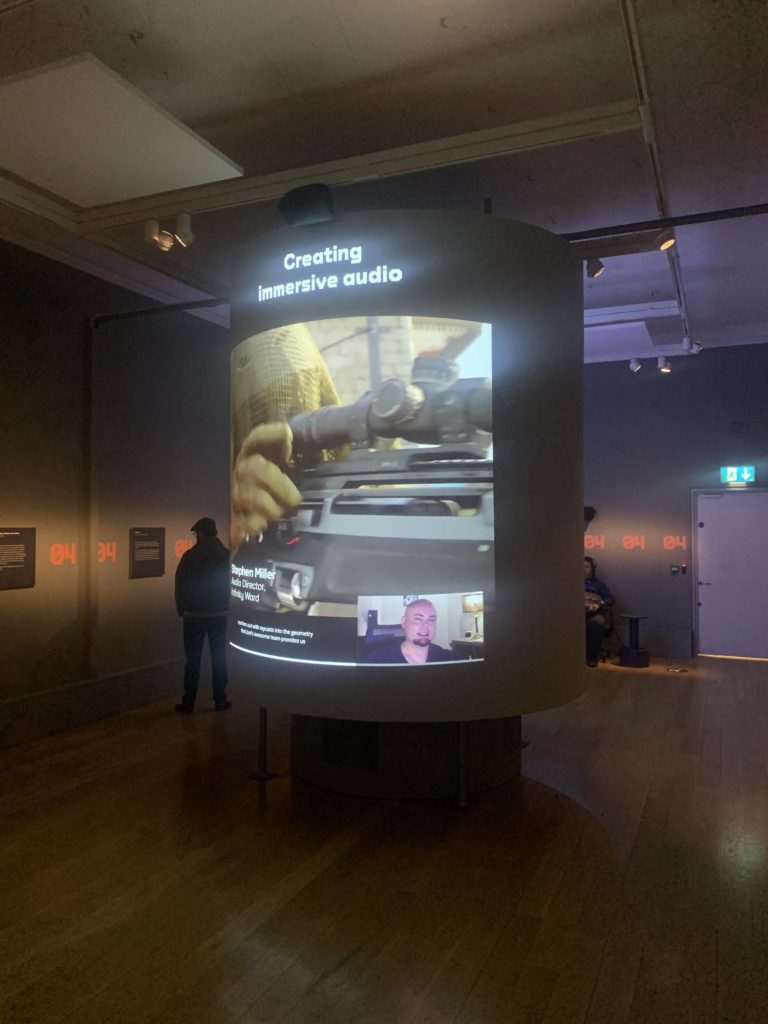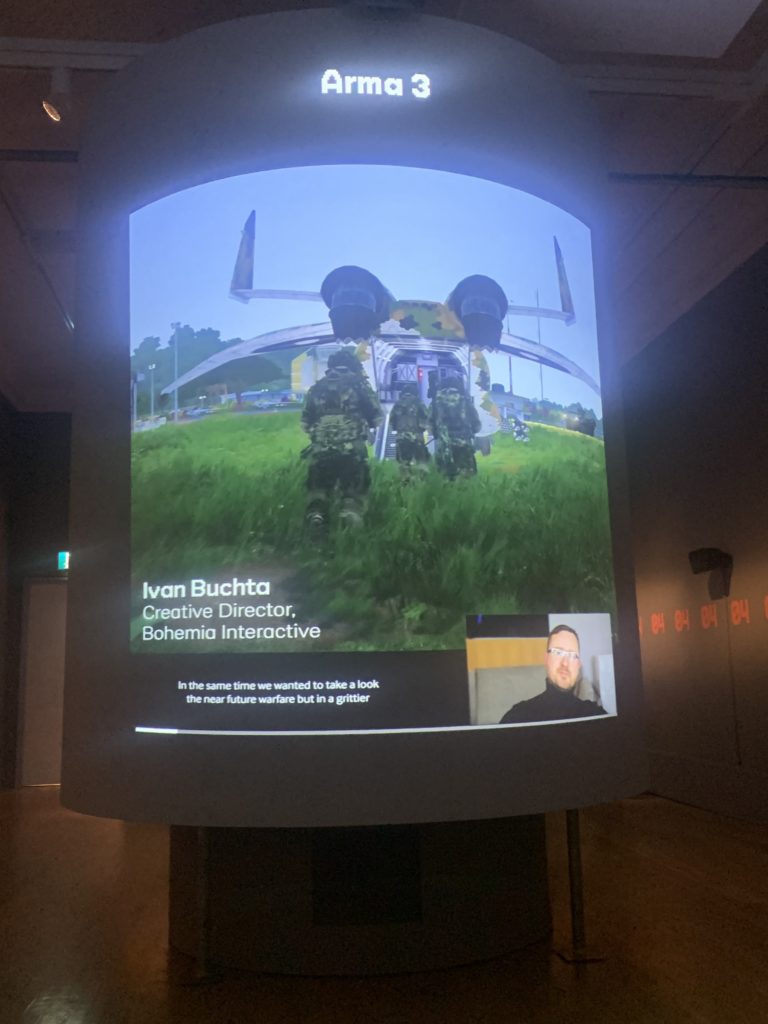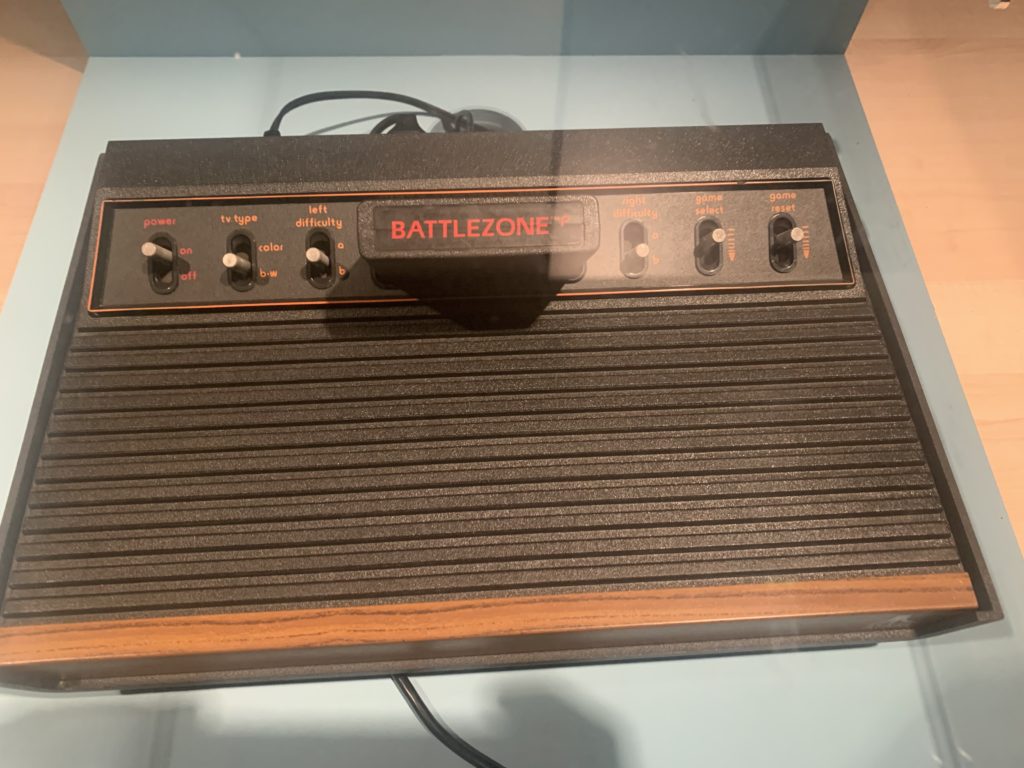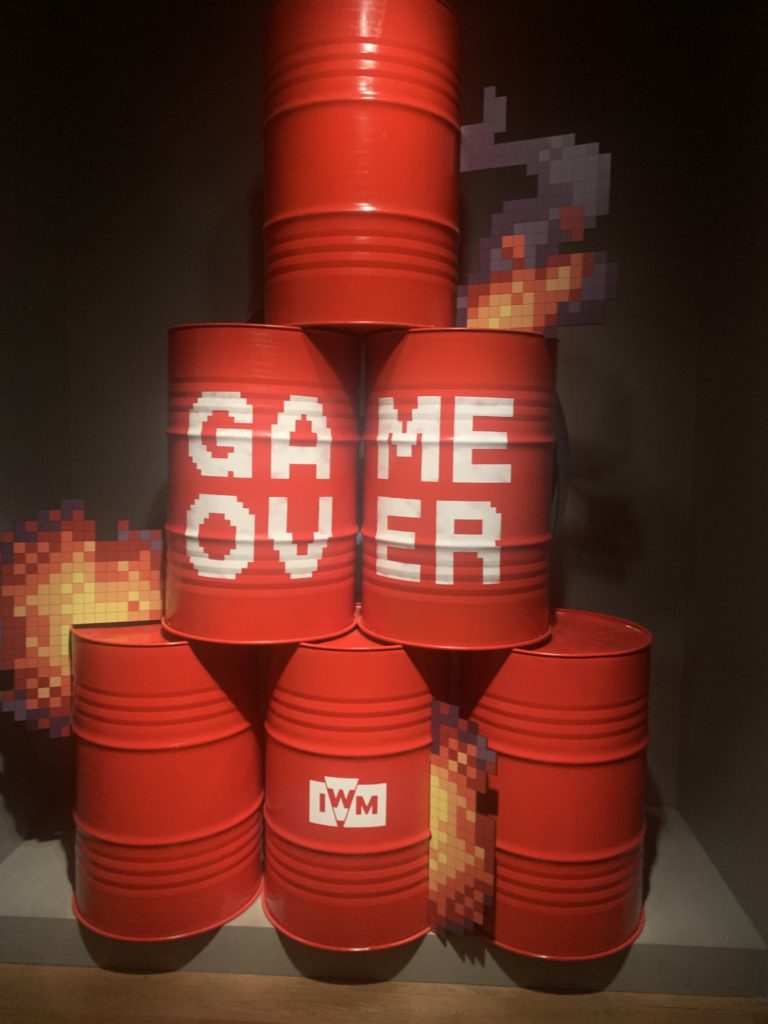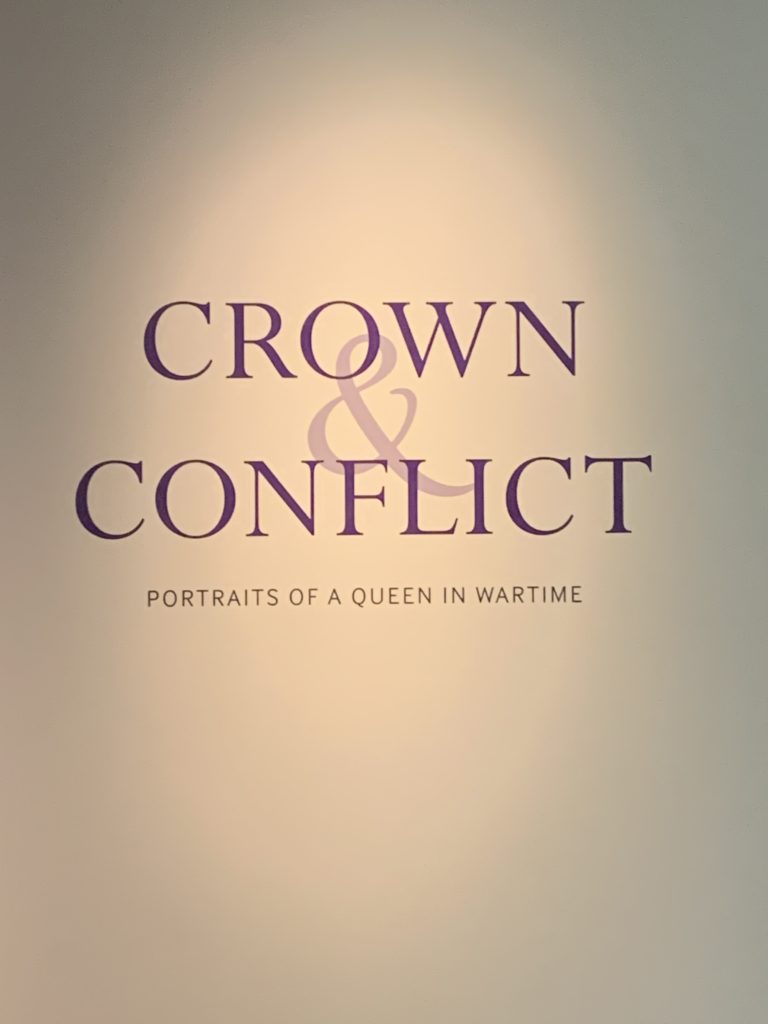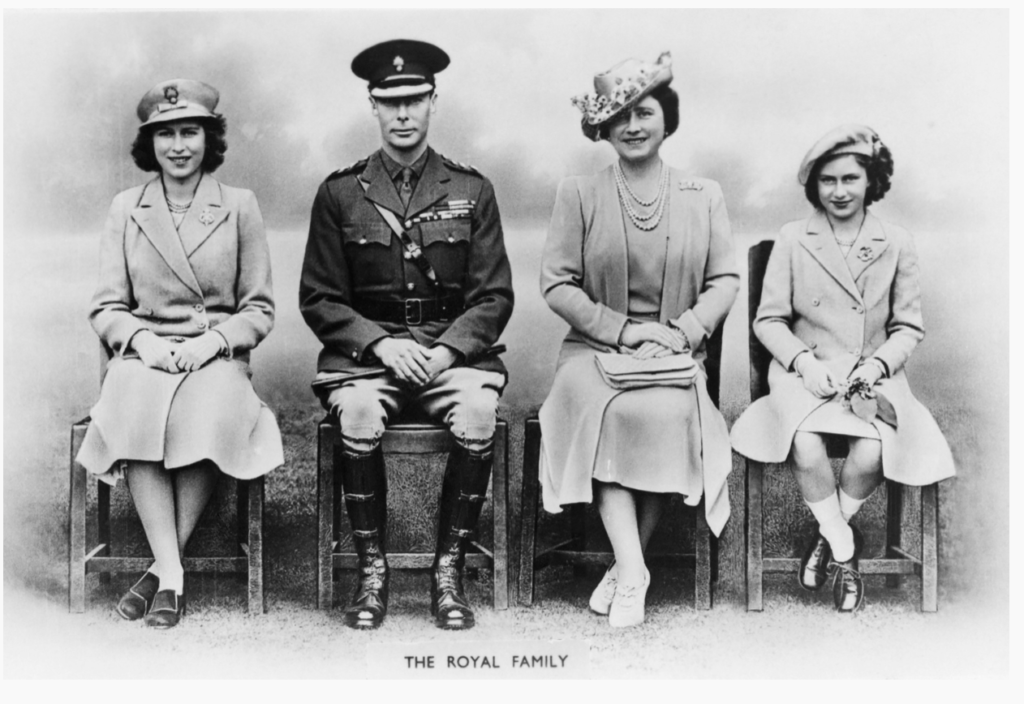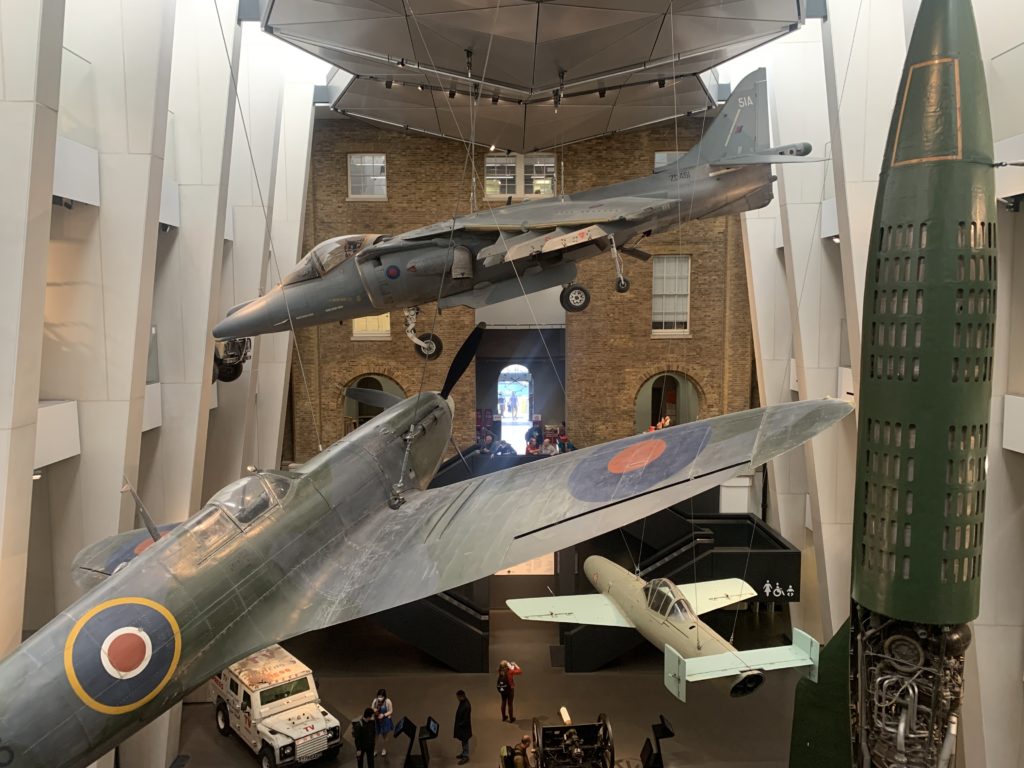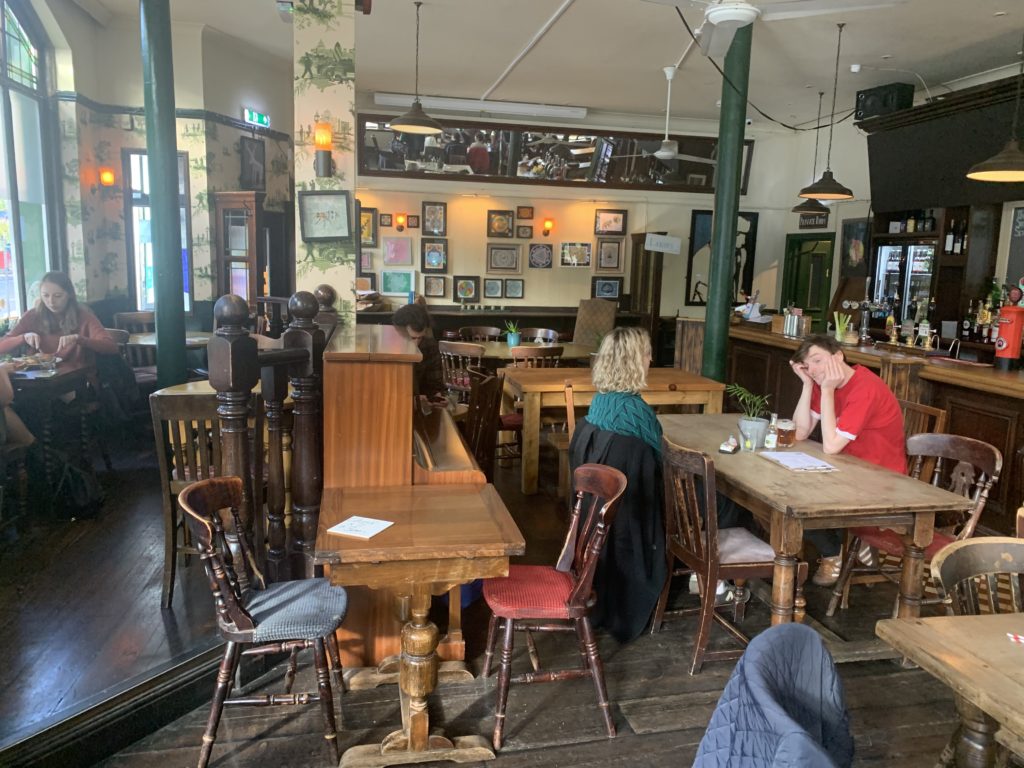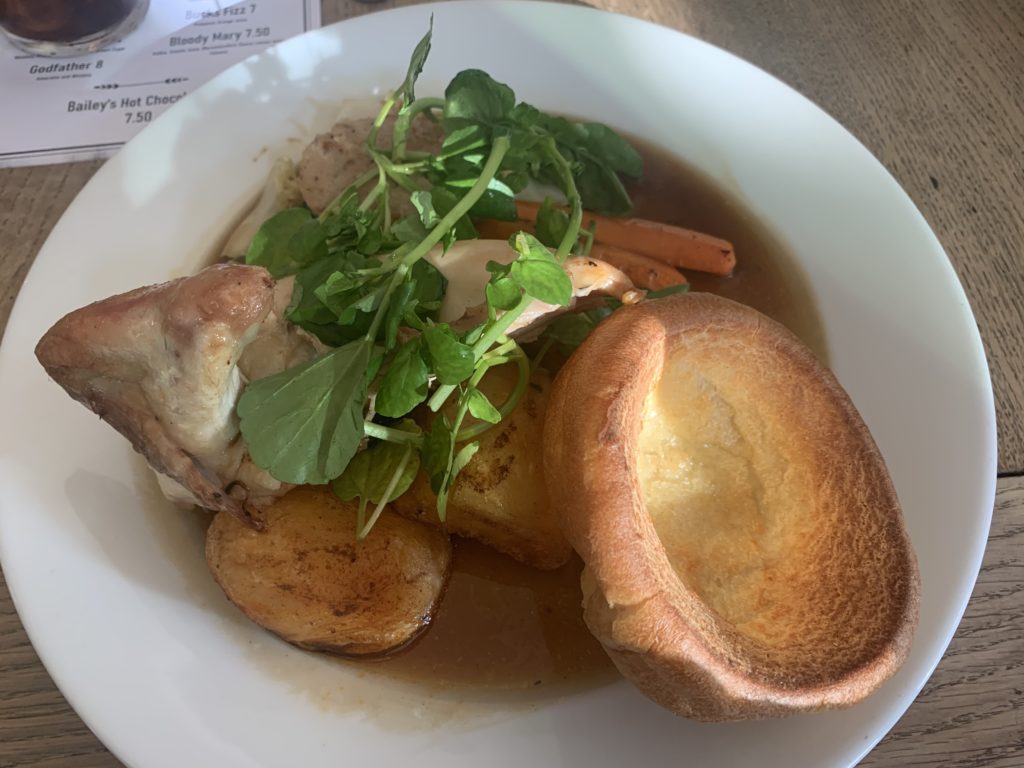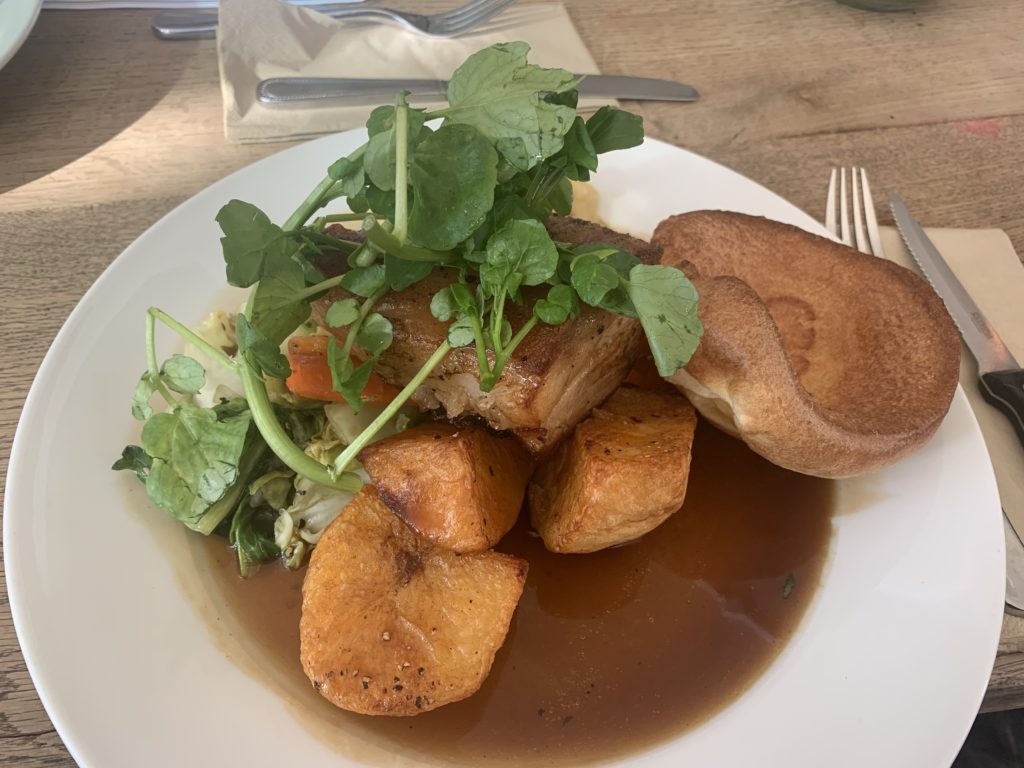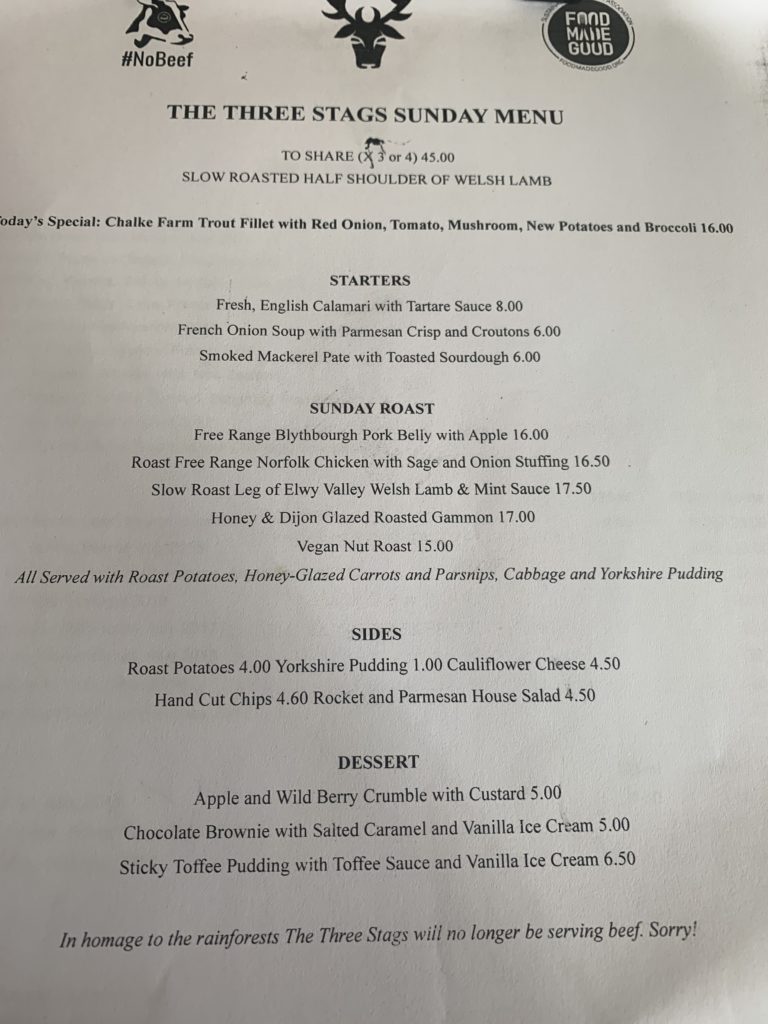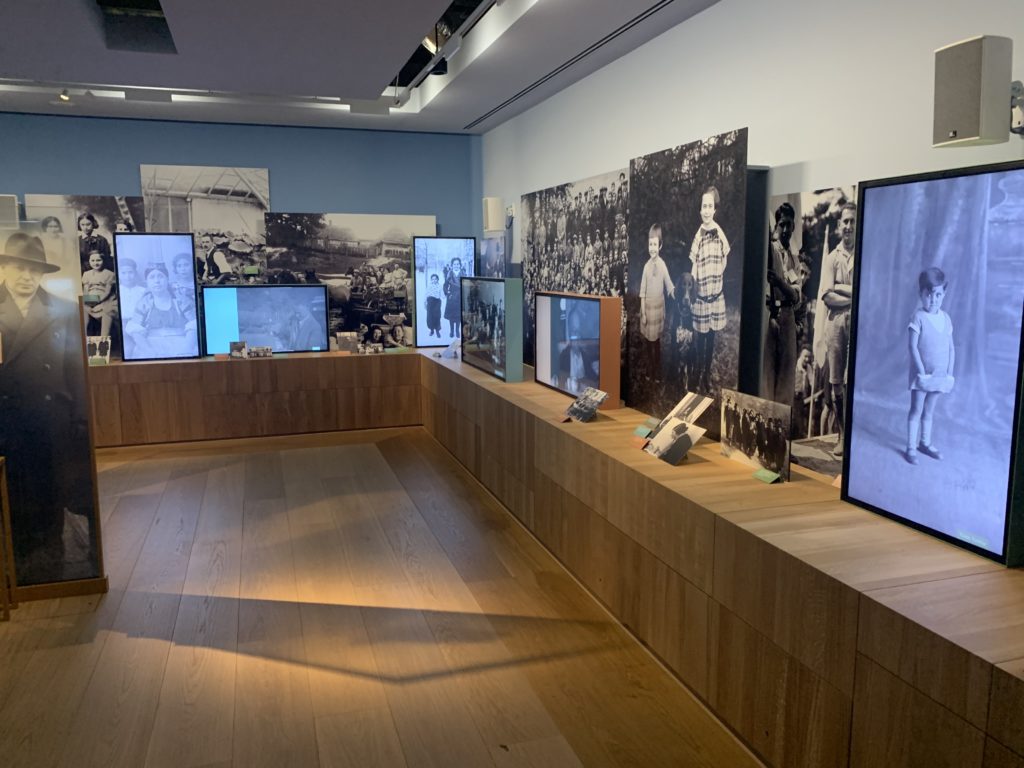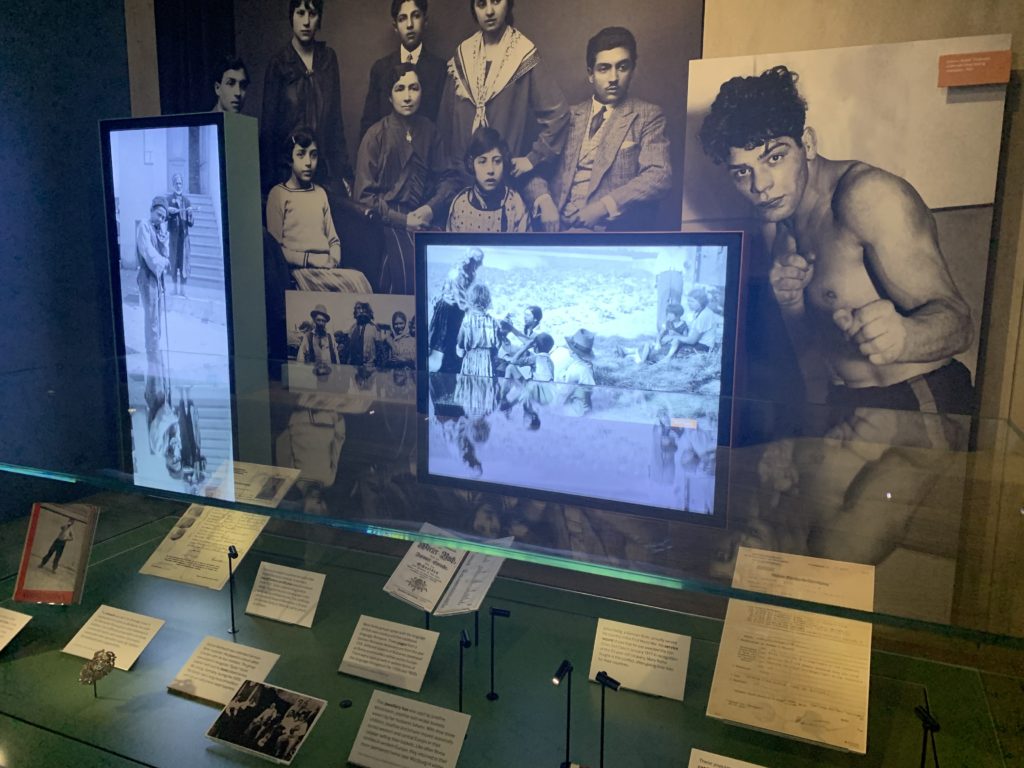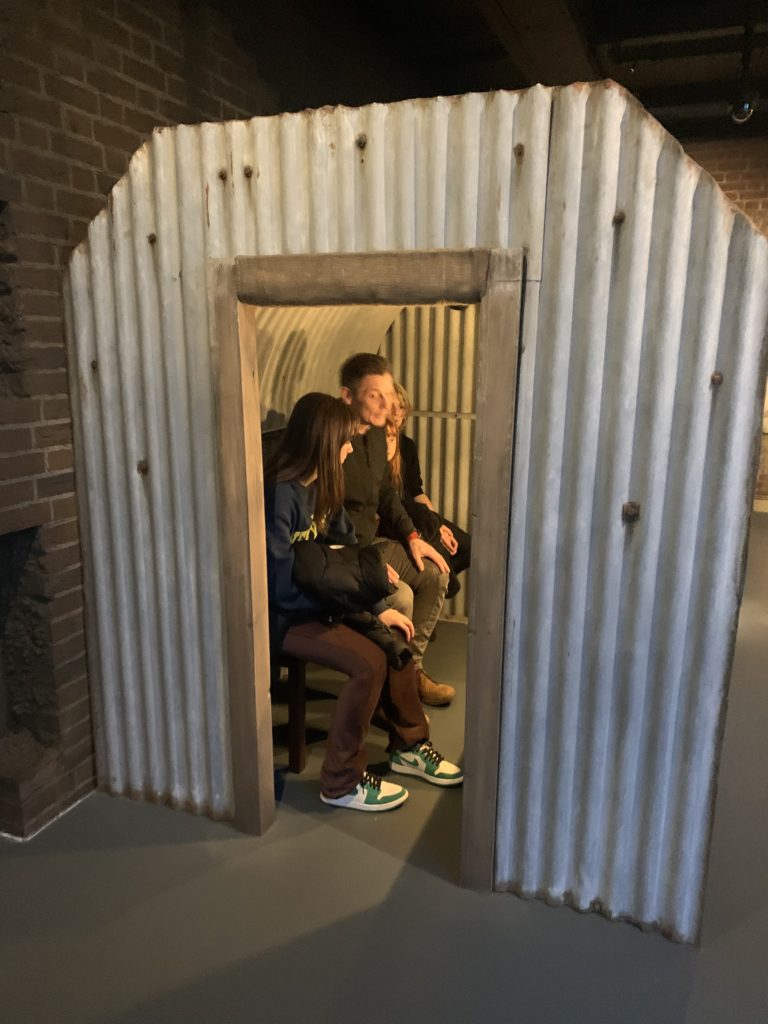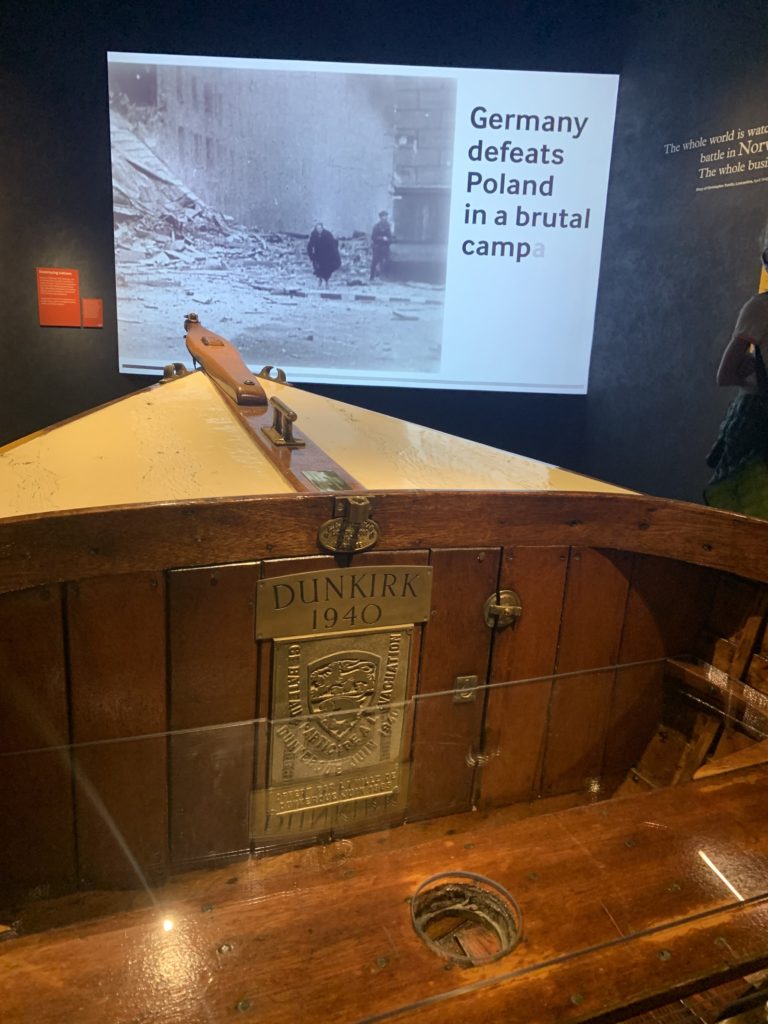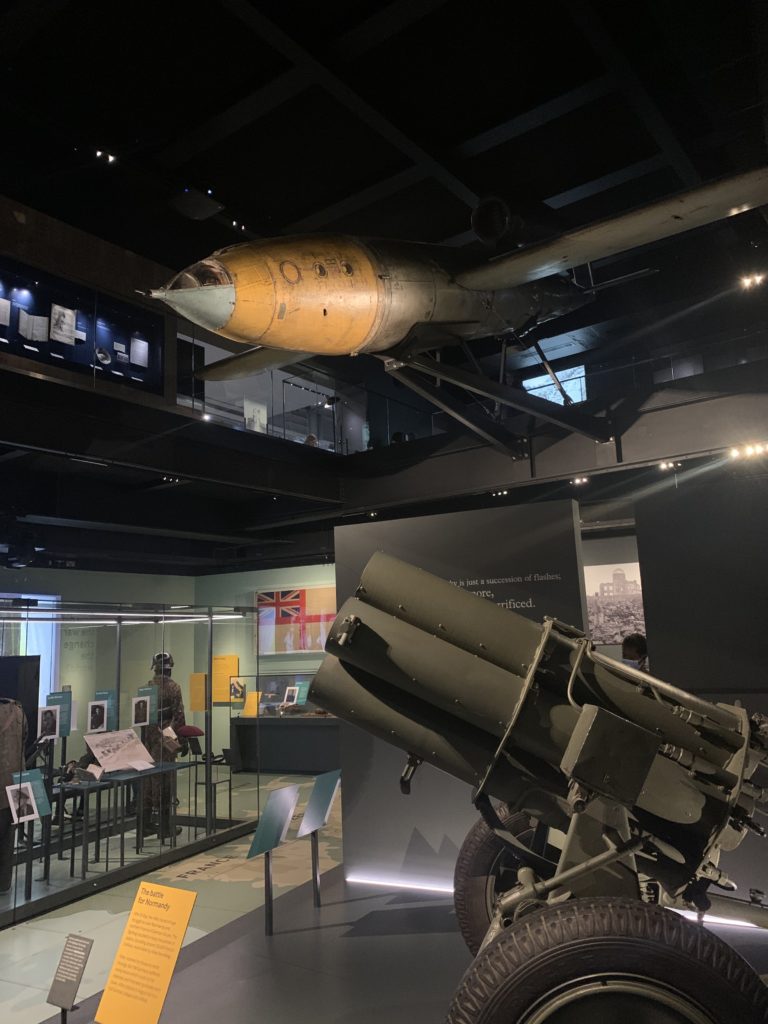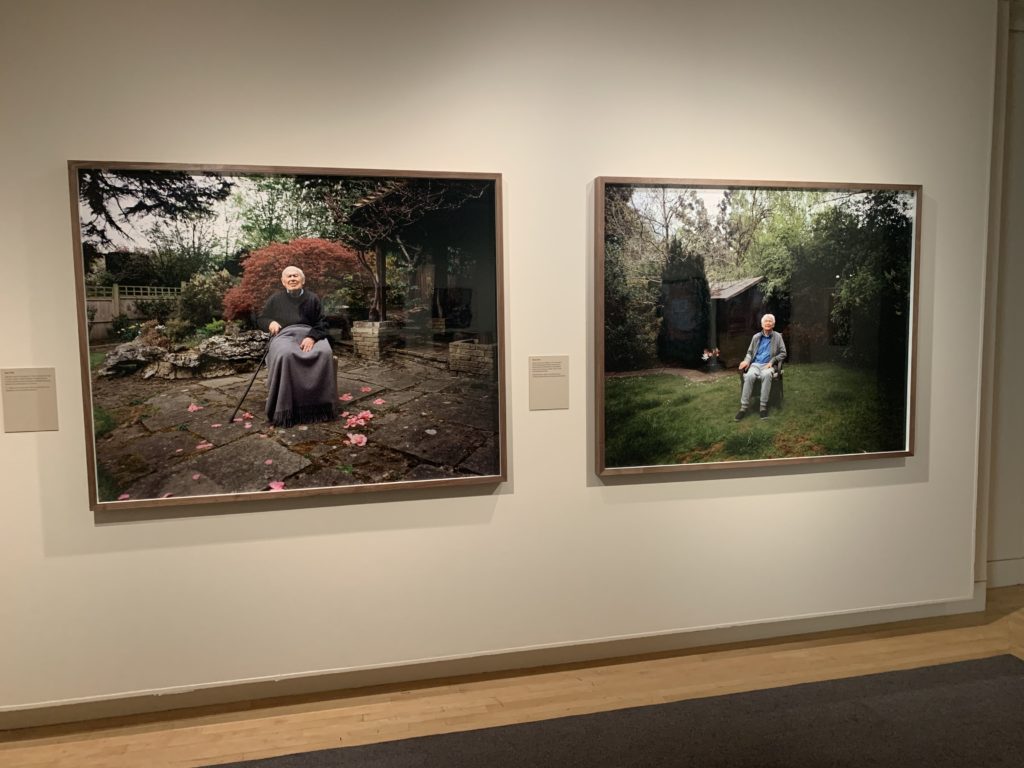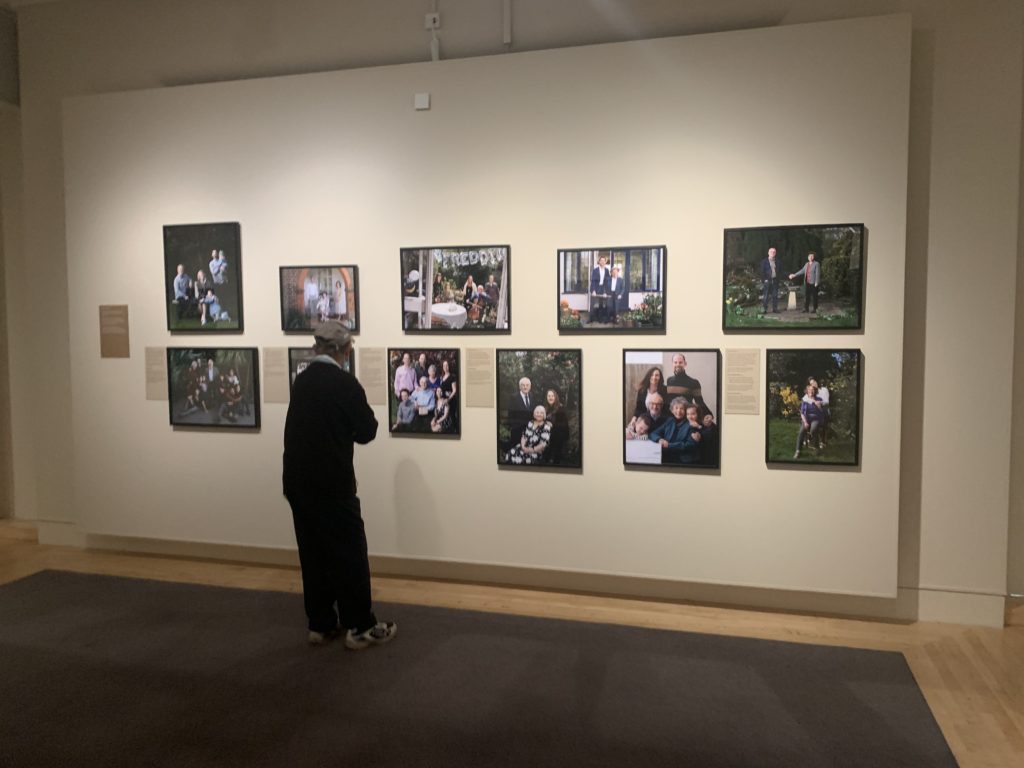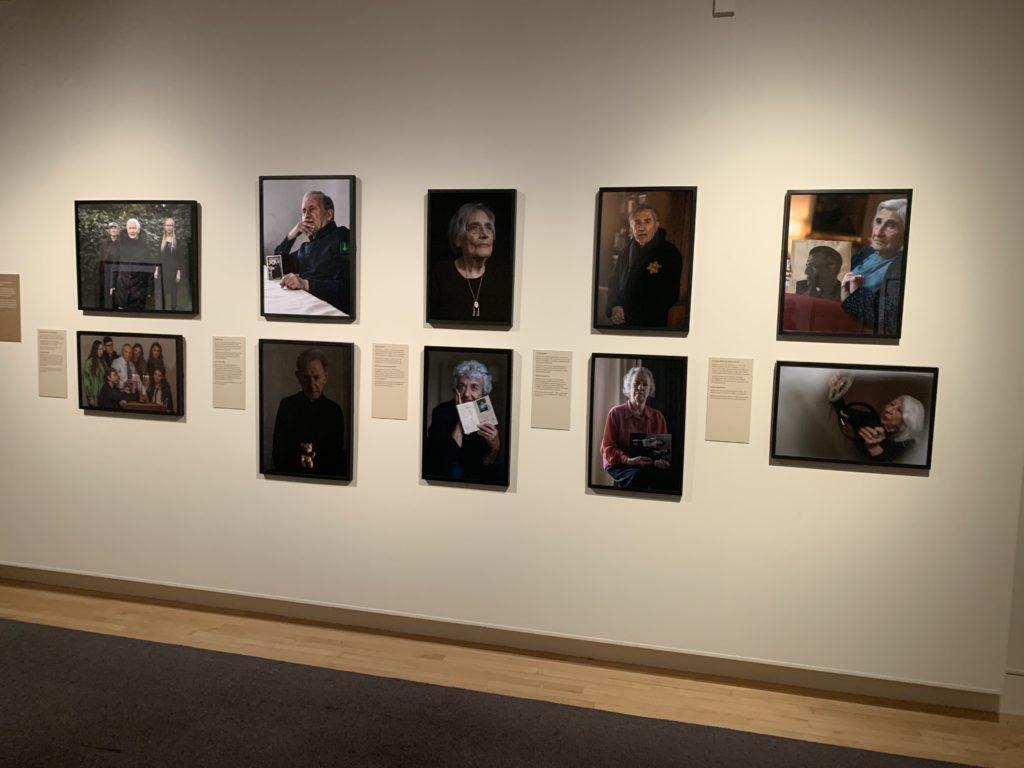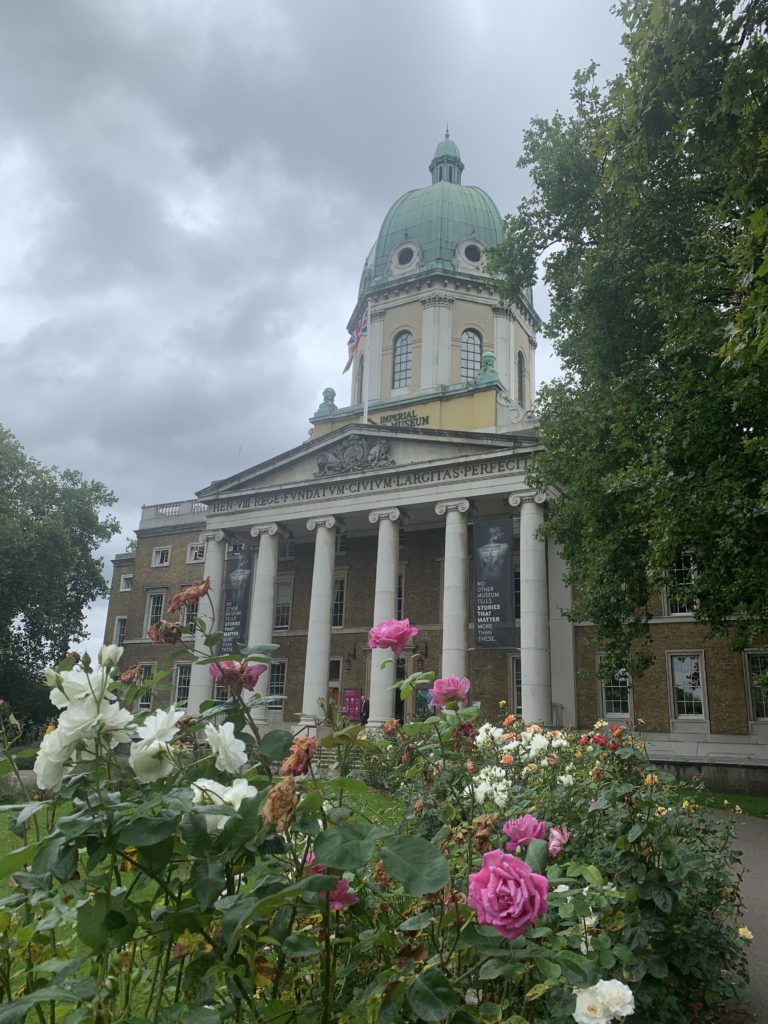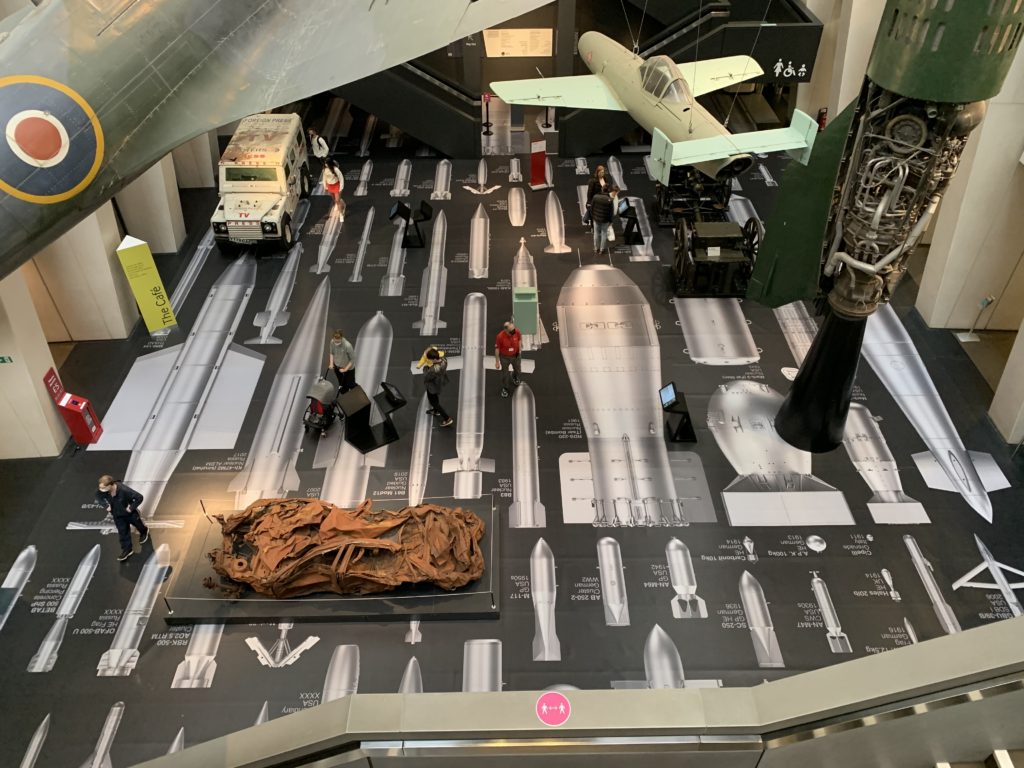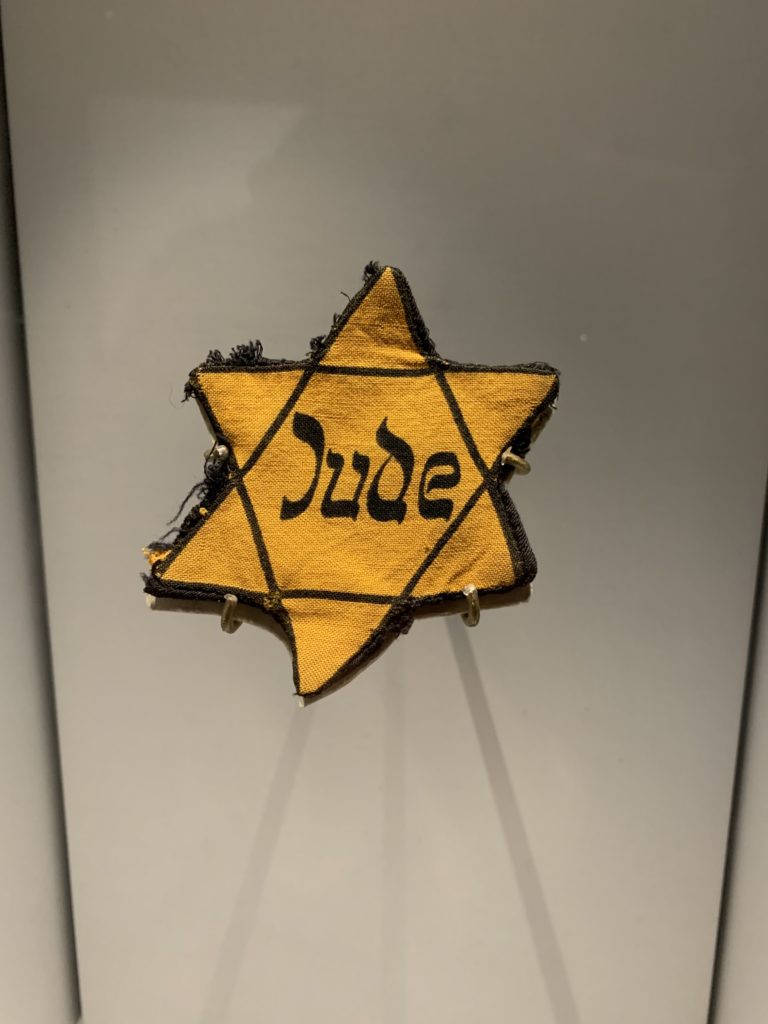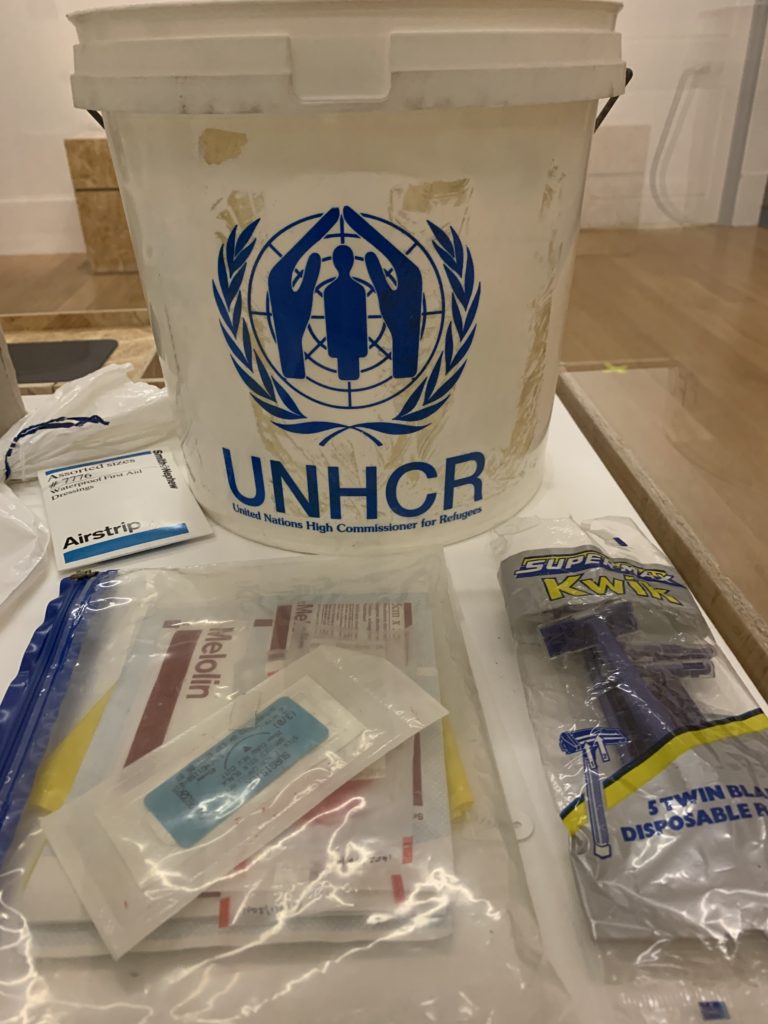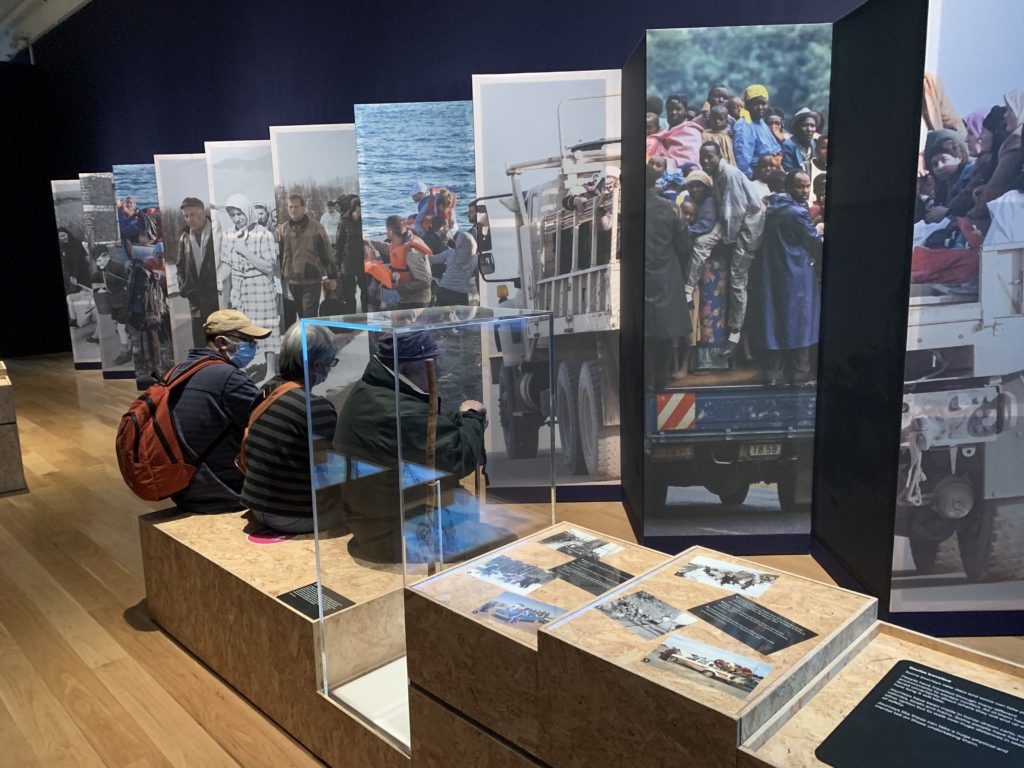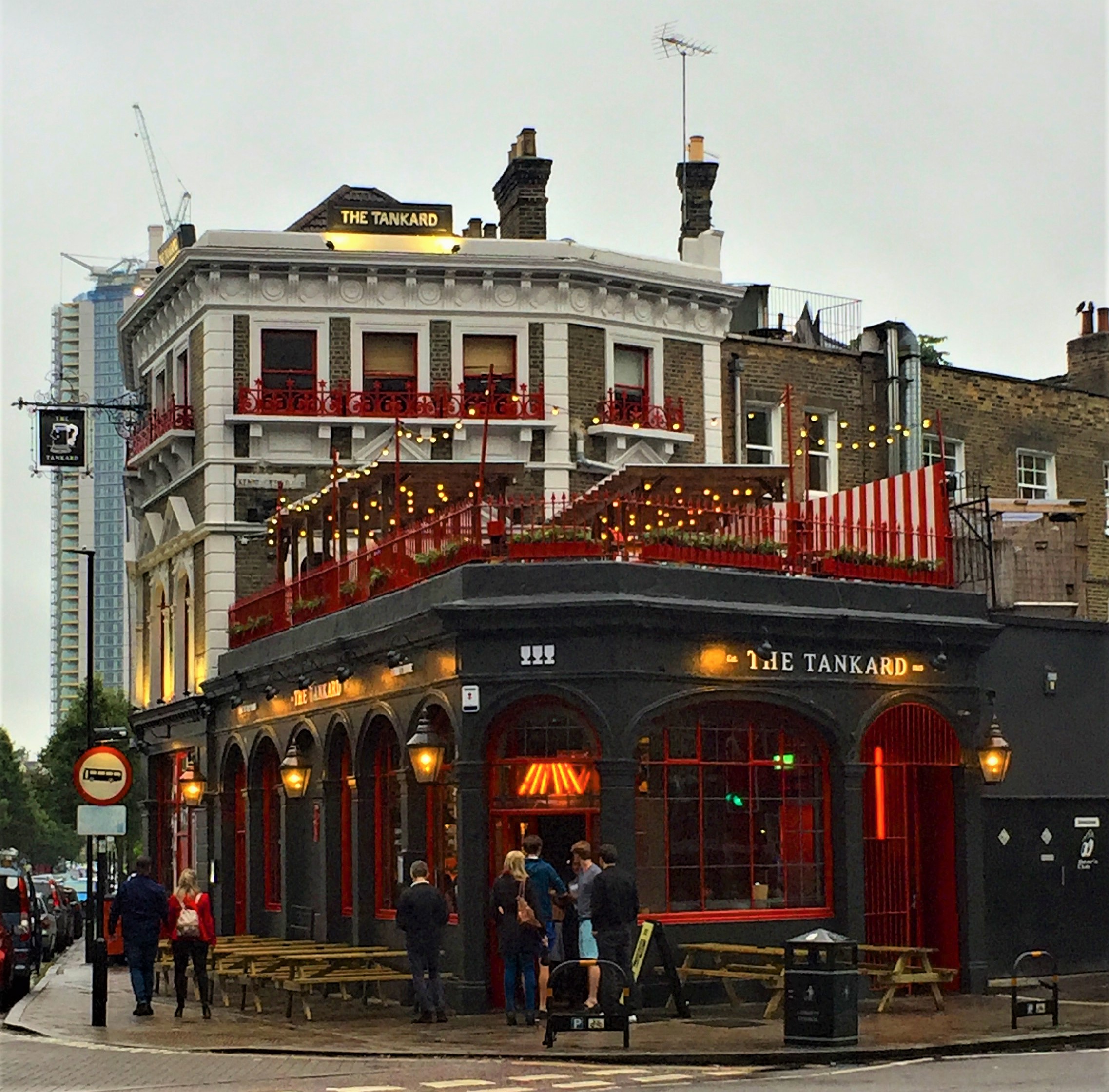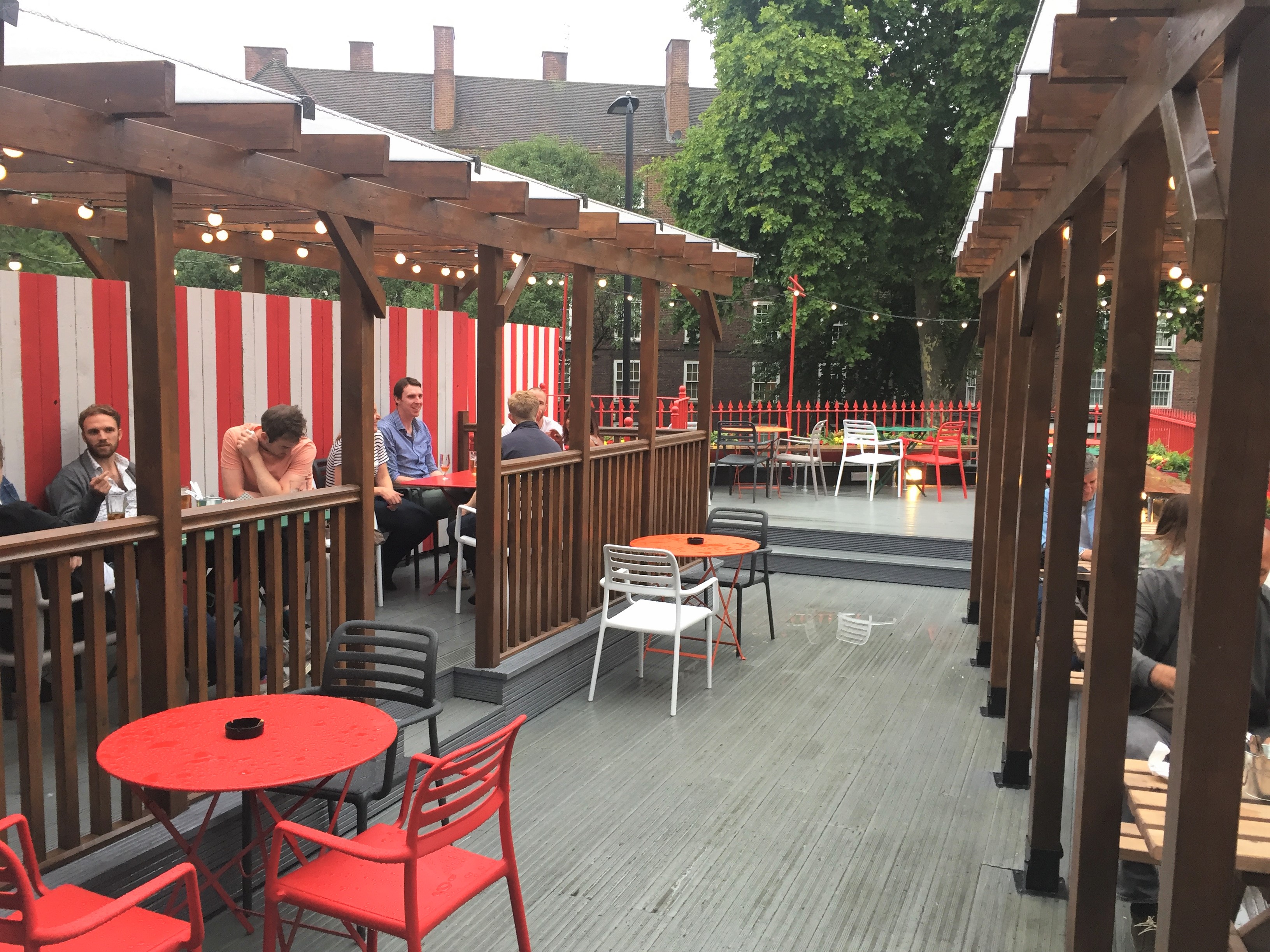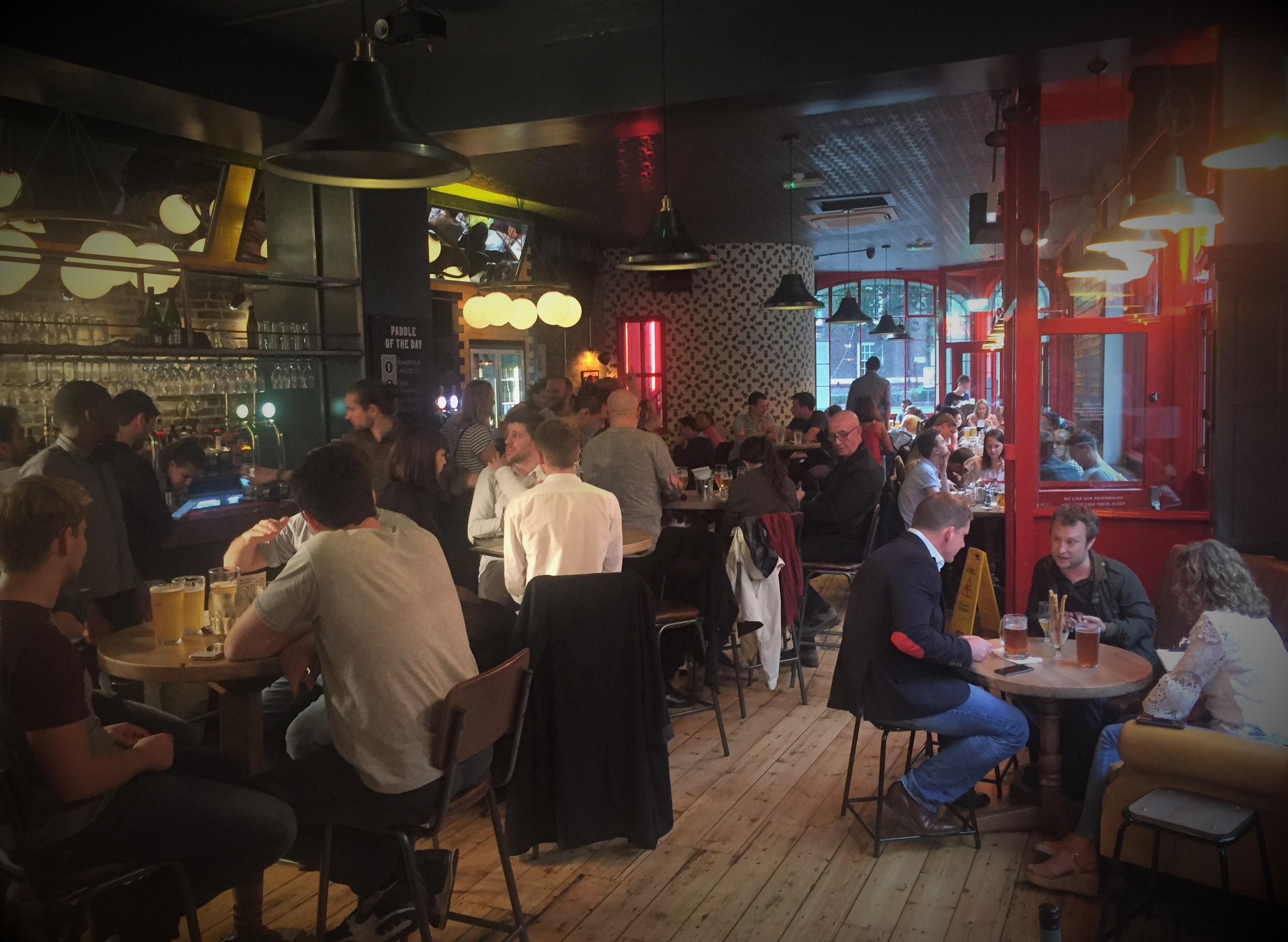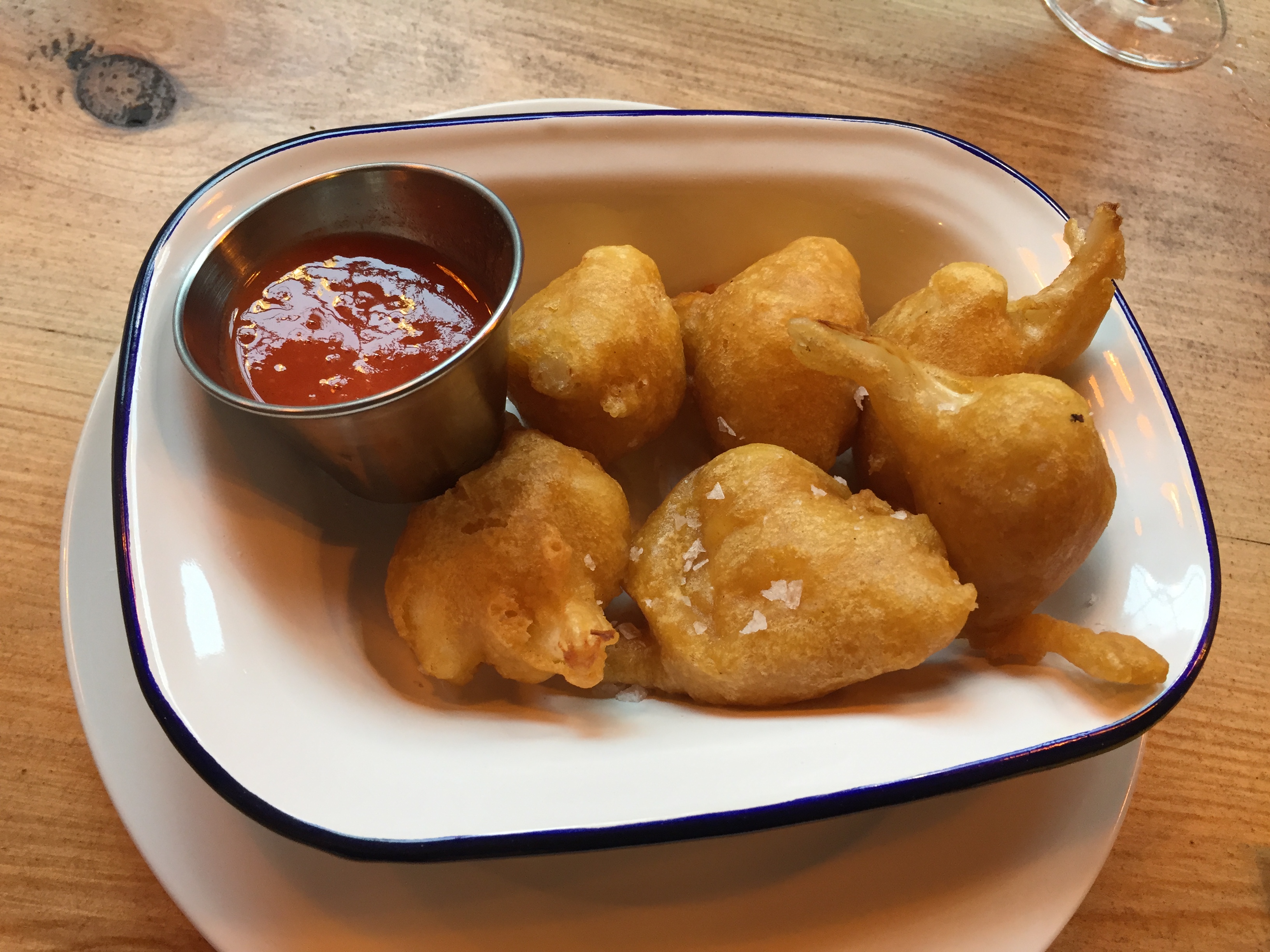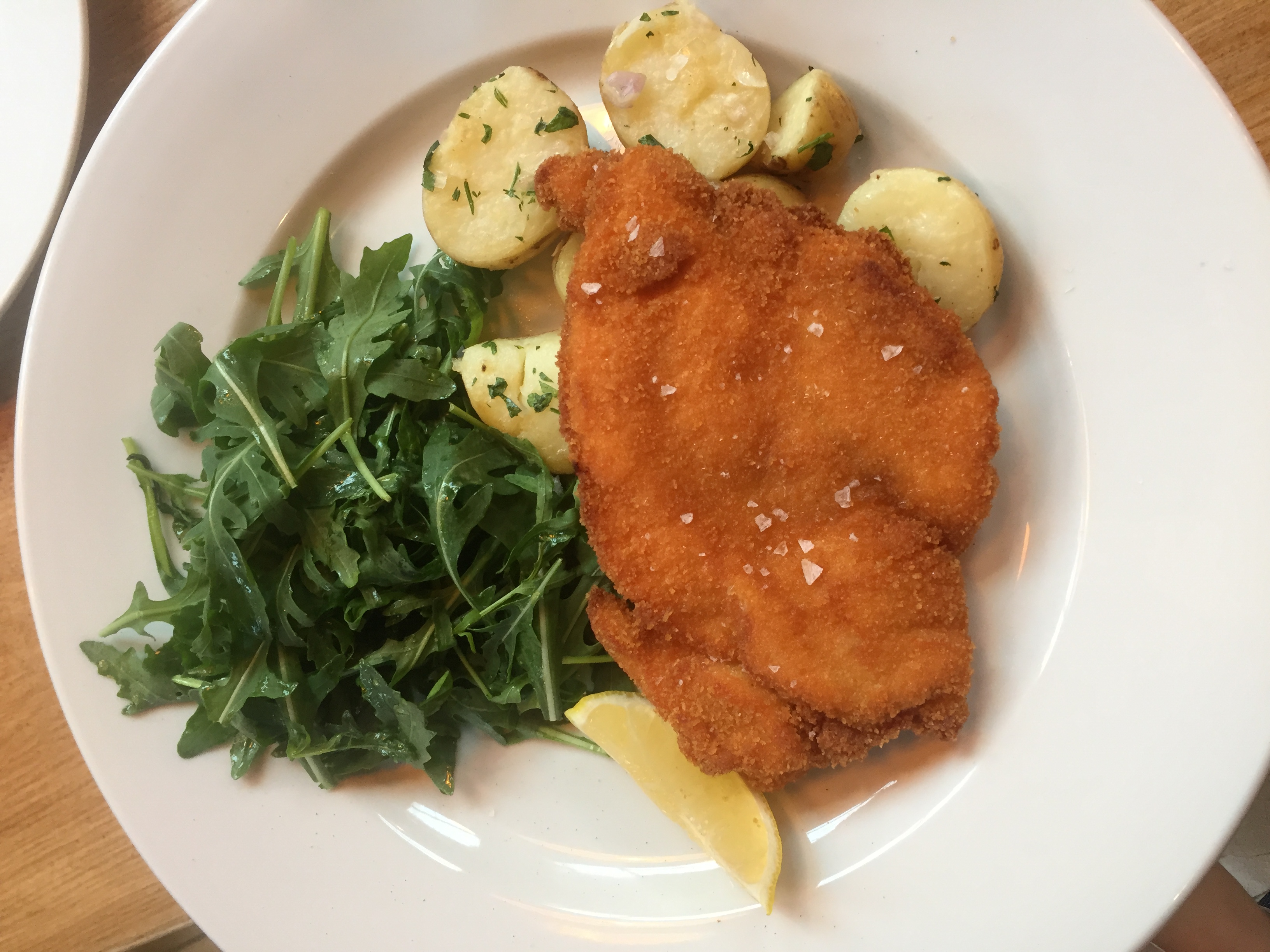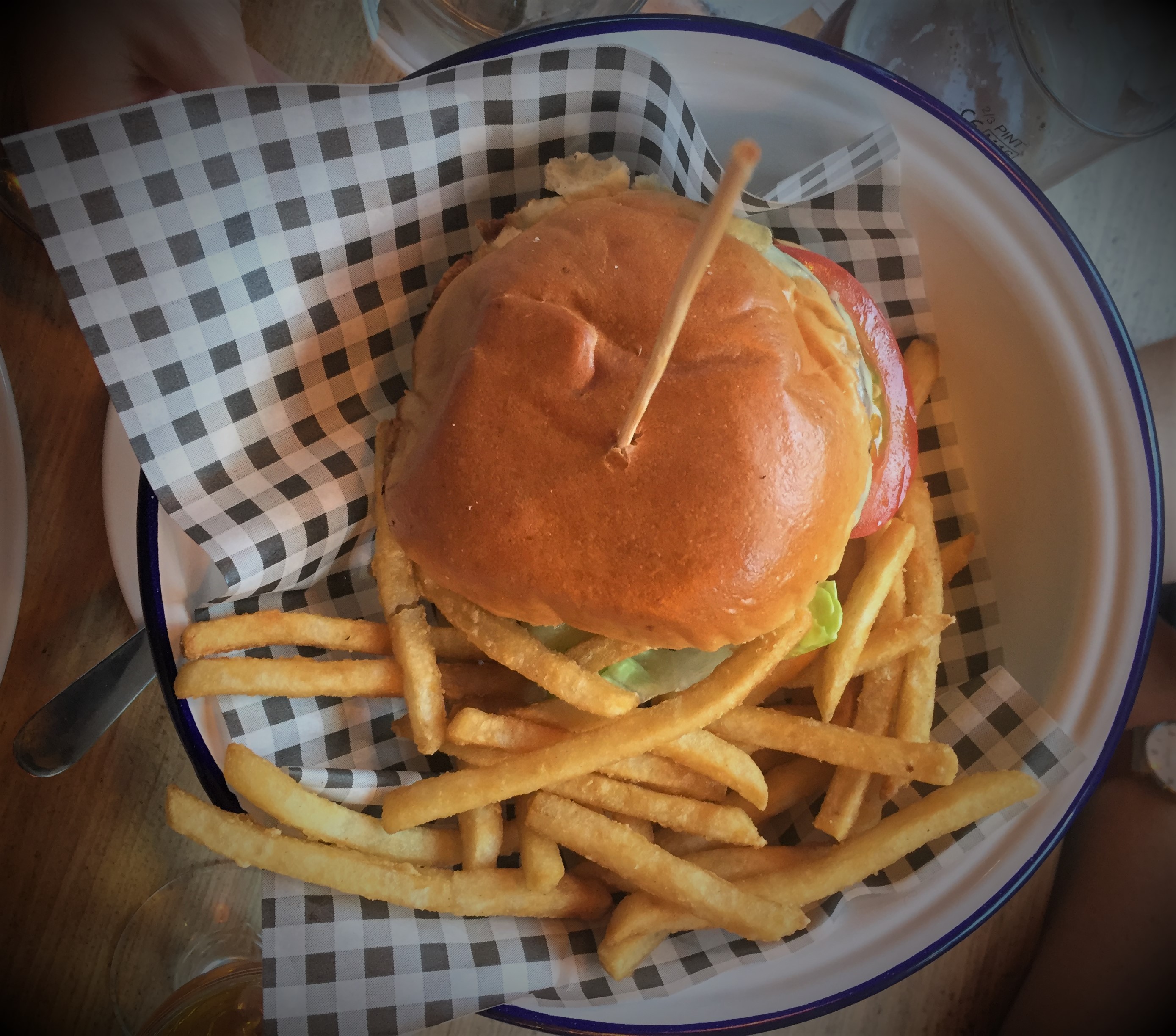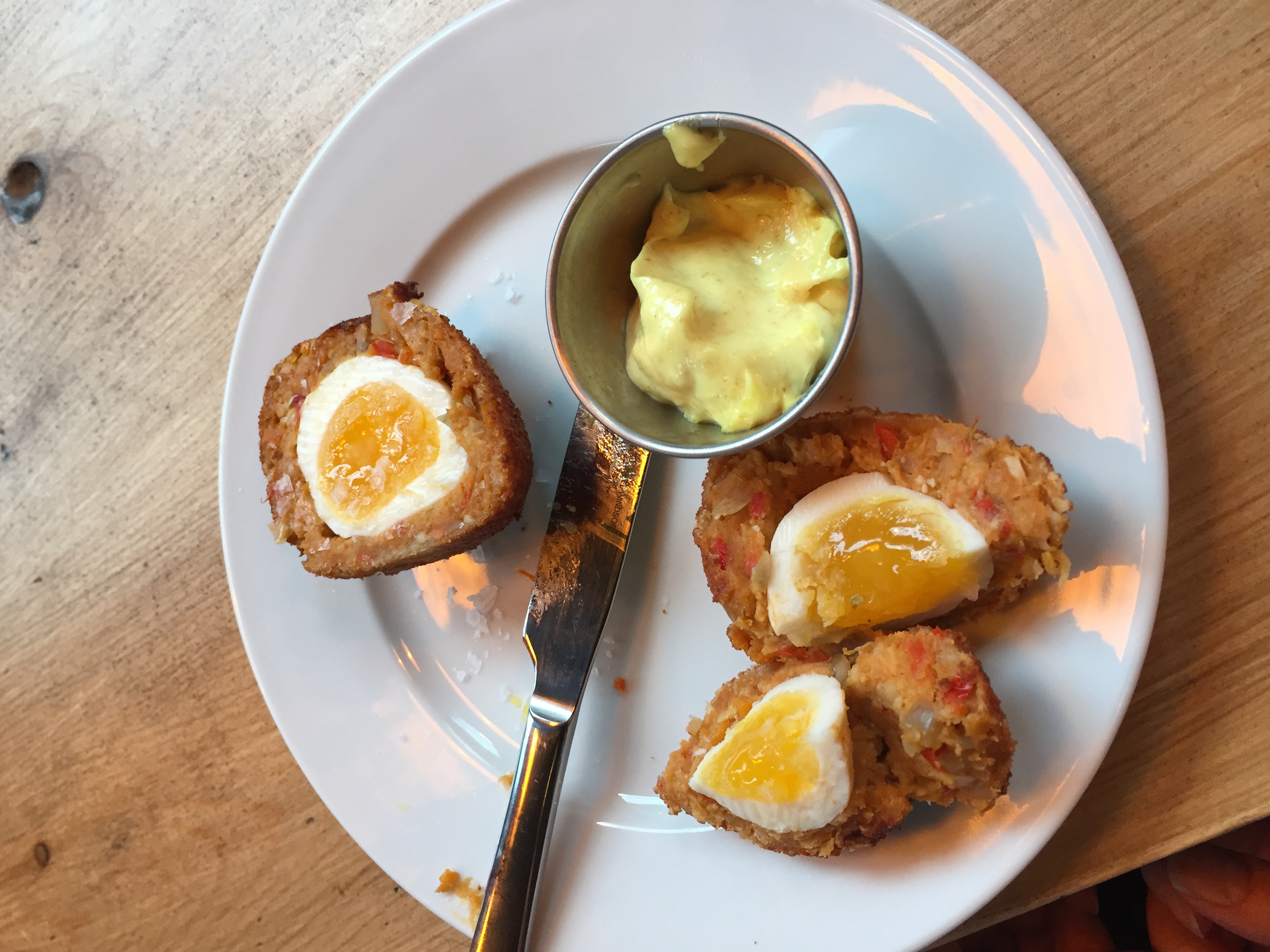Feeling cultured for the first time in 2024, we recently paid a visit to our very own world class museum-we-bet-you’ve-never-been-to, the Imperial War Museum. What drew our attention was an exhibit of the work of photographer Tim Hetherington, who was technically a war photographer but much more interested in the personalities and back stories of the people in front of him.
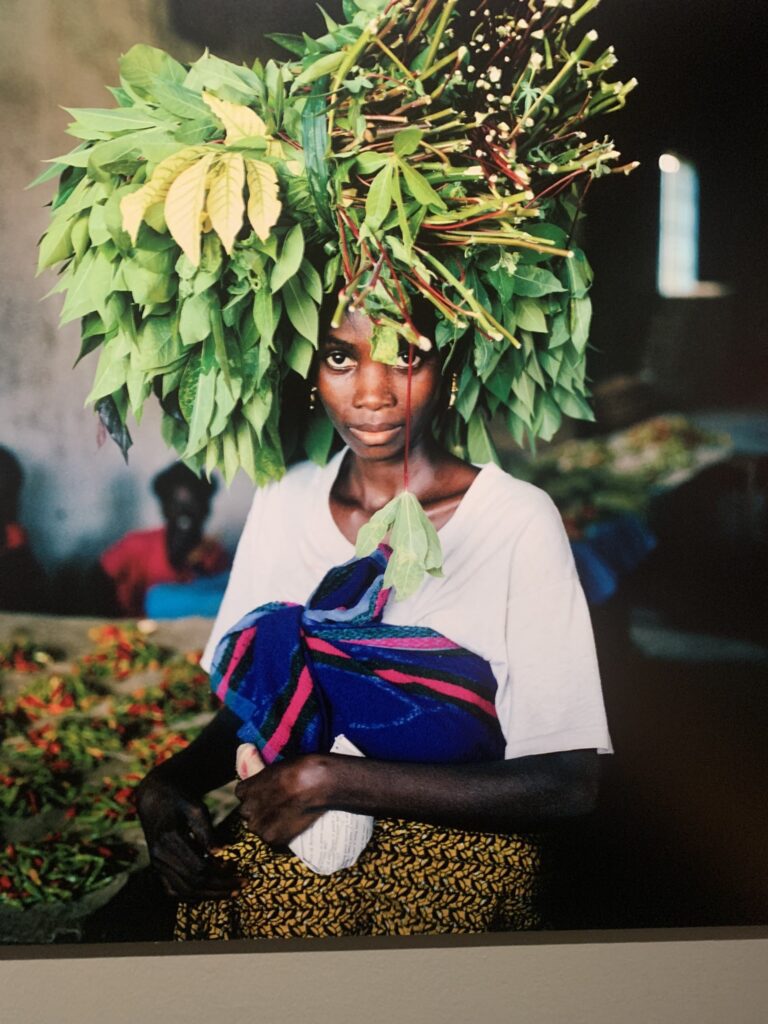

As an independent journalist, Hetherington joined rebel convoys in west Africa, bunked up with GI’s in Afghanistan in 2007, chronicled droughts and harvests, and captured the early days of the Arab spring in Libya (which cost him his life). And while he was at it, managed to win four World Press Photo Awards and nab an Oscar nomination. As you do…
What this show is not about, consistent with the ethos of the War Museum itself, is a glorification of warfare. Hetherington’s concept was more sociological and, as the title indicates, about storytelling. In the videos that augment the exhibit, Hetherington and his colleagues discuss his photography and the unique way in which he obtained his images. Unlike other photographers, he never asked his subjects to pose in front of a silent lens, preferring instead to interact with the subject, even if they didn’t share a language.
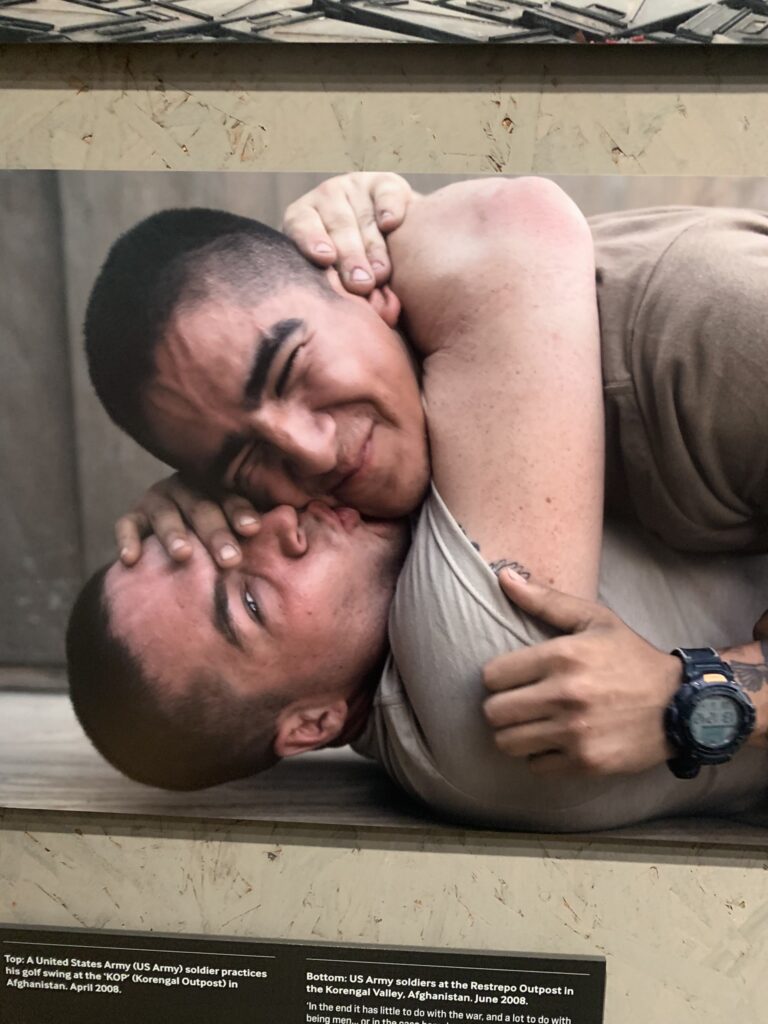

Especially if you are a militant pacifist, this kind of journalism is of crucial importance as it exposes the trials and injustices of society to a rich, safe first world who would rather just ignore them. But ignore this show at your peril, as it will keep you thinking. Storyteller: Photography by Tim Hetherington is on now until 29 September and, like all wonderful things in life, is totally free.
